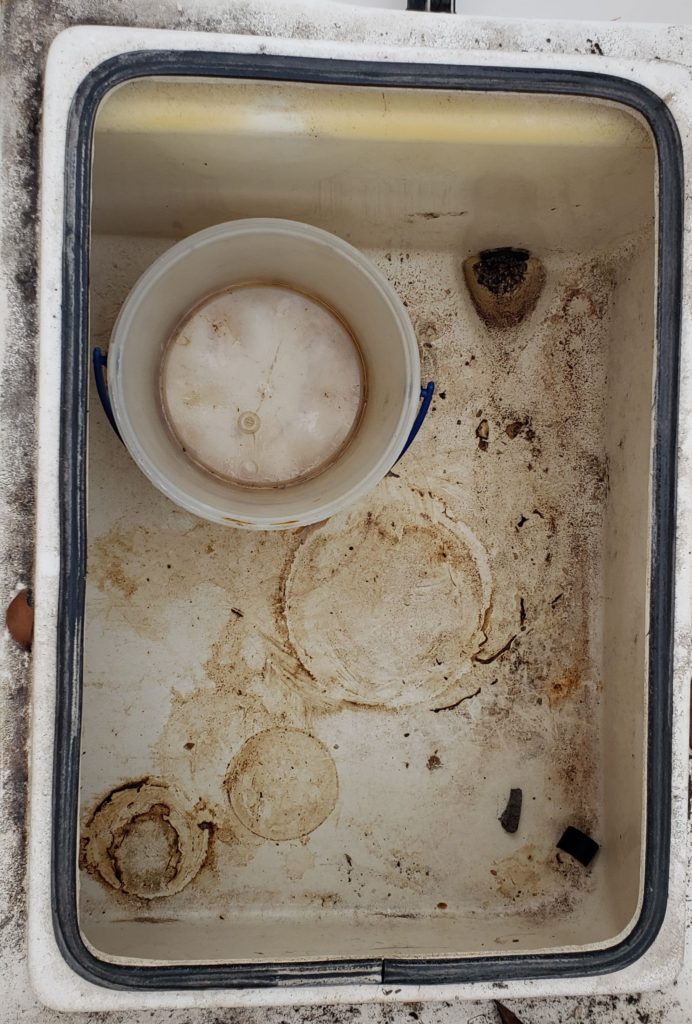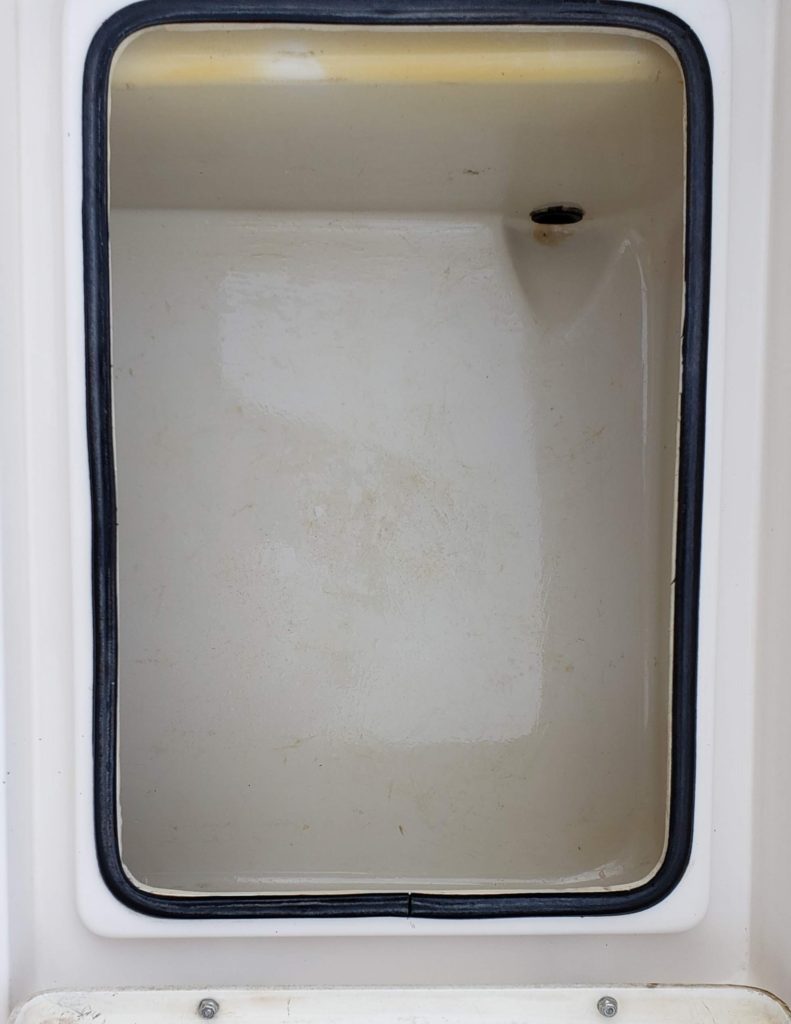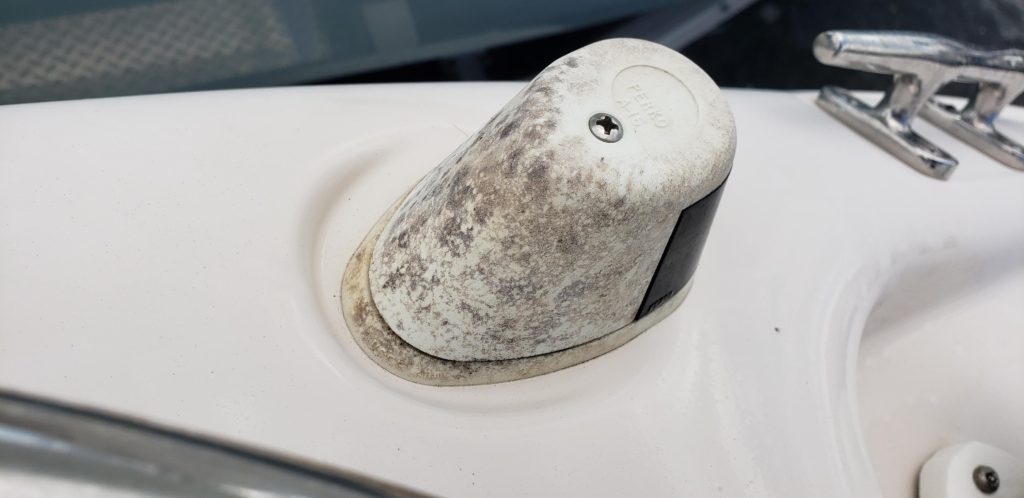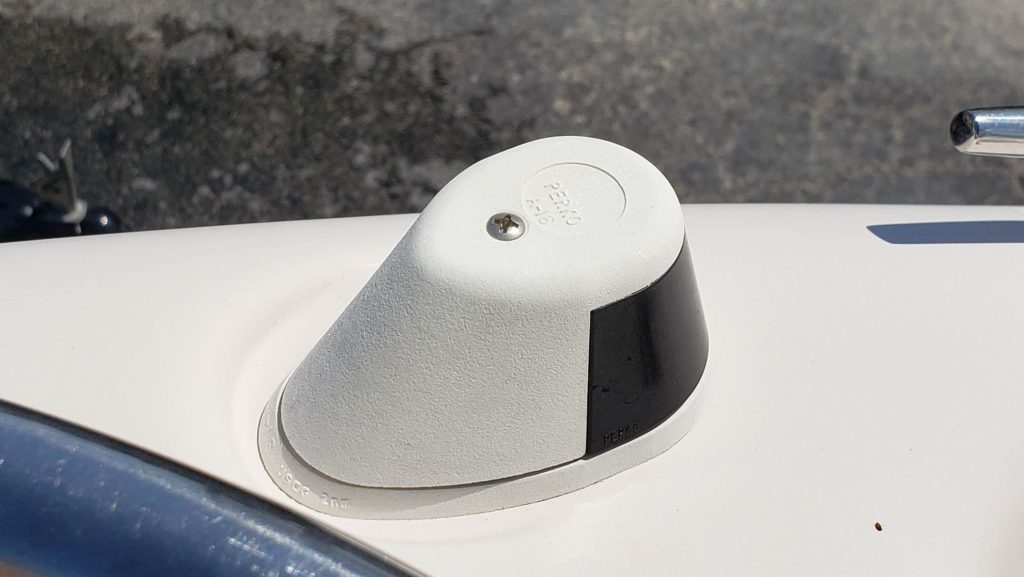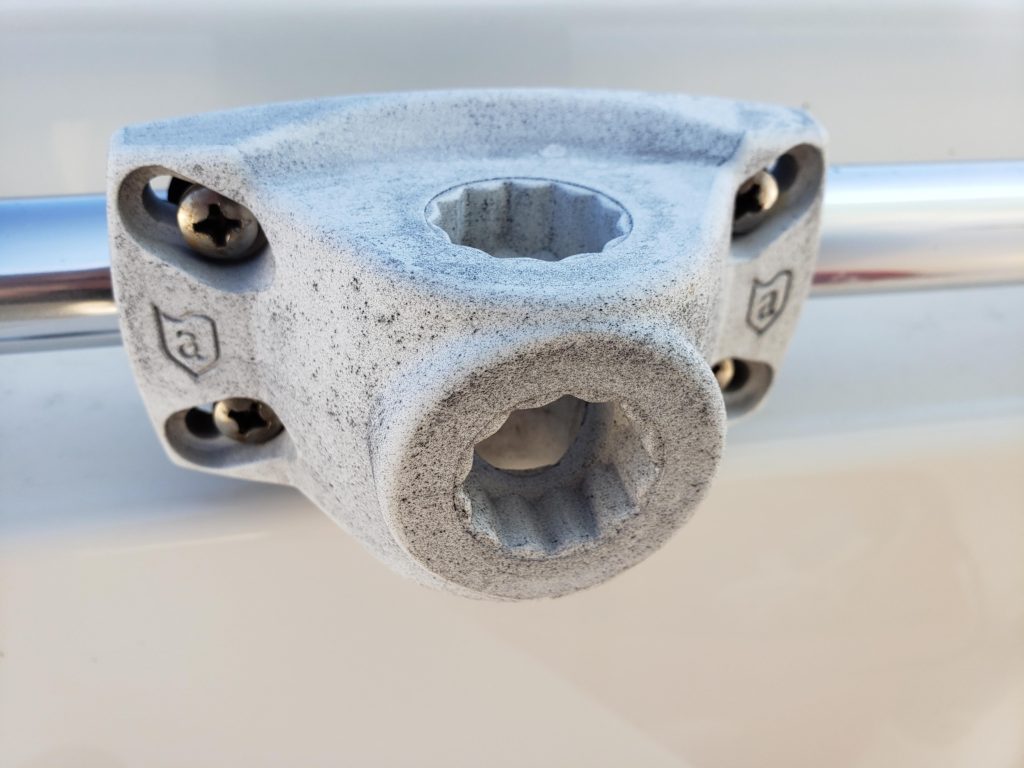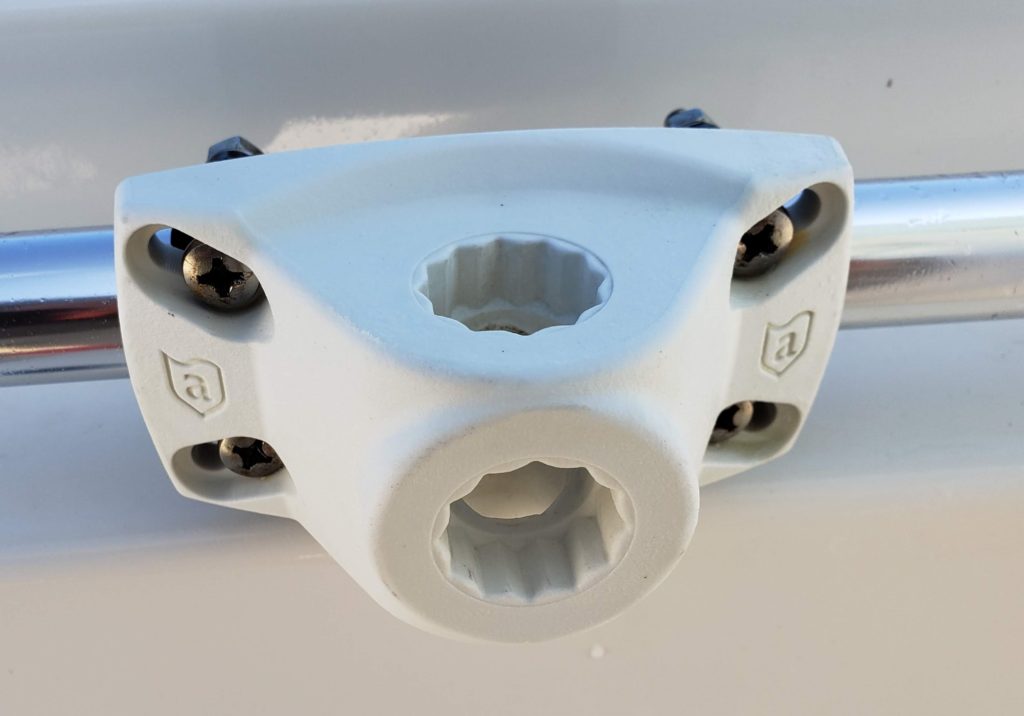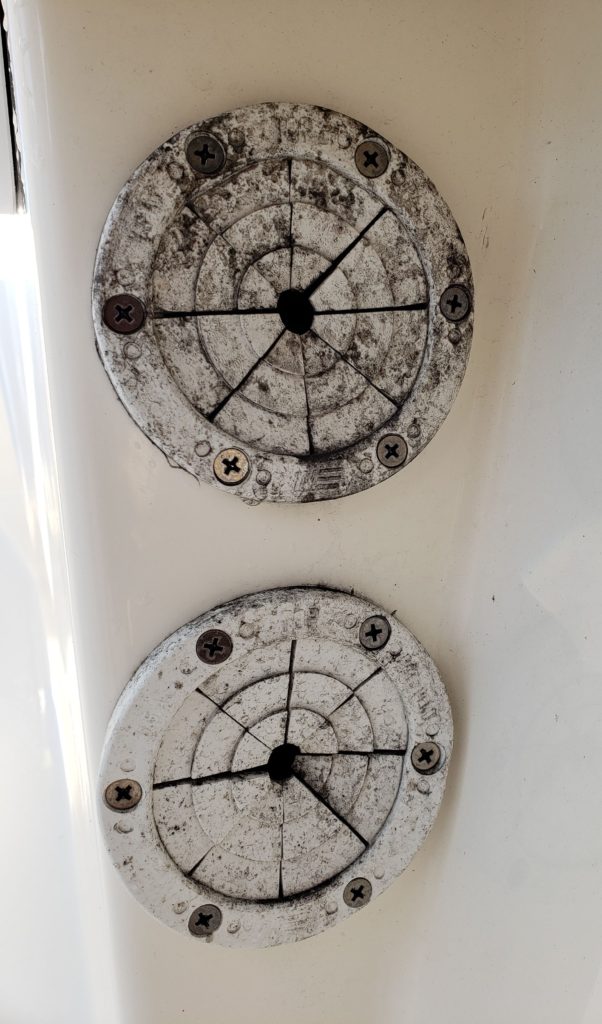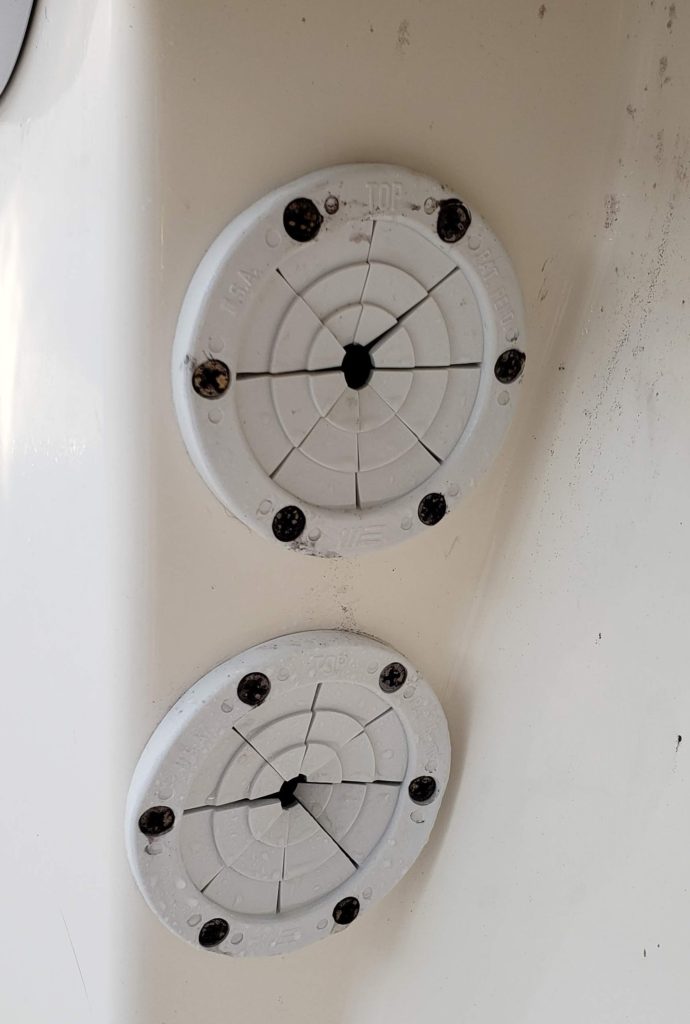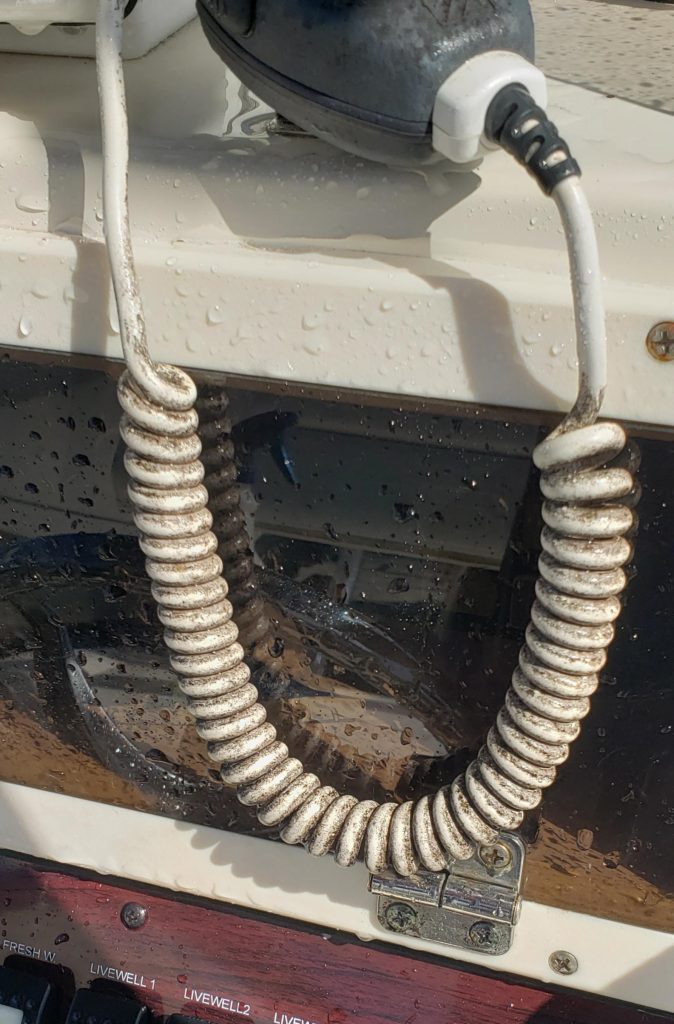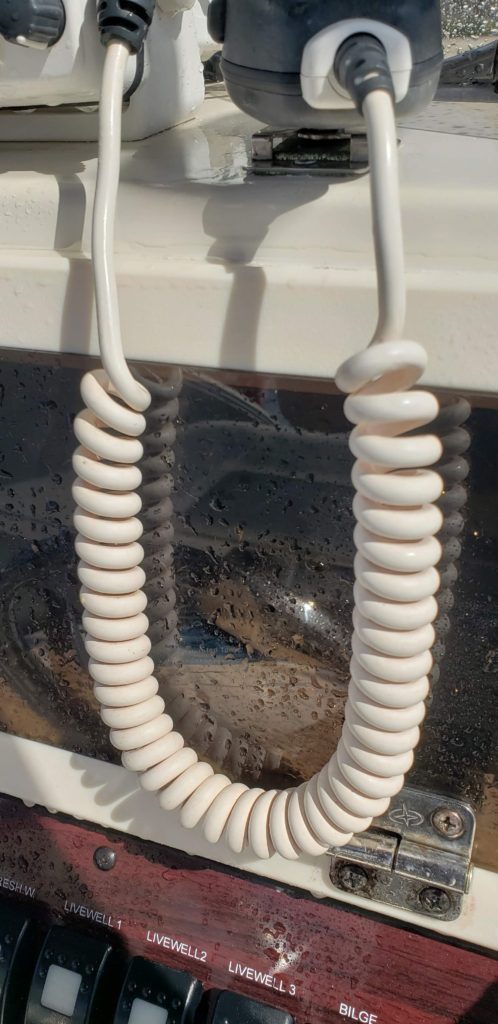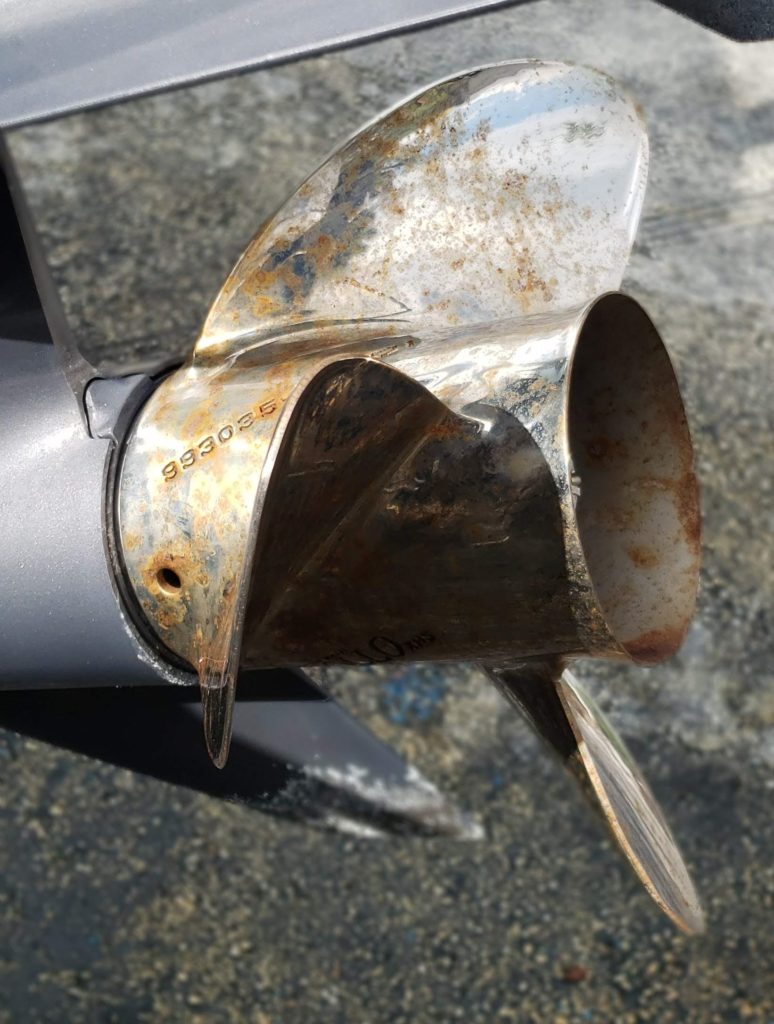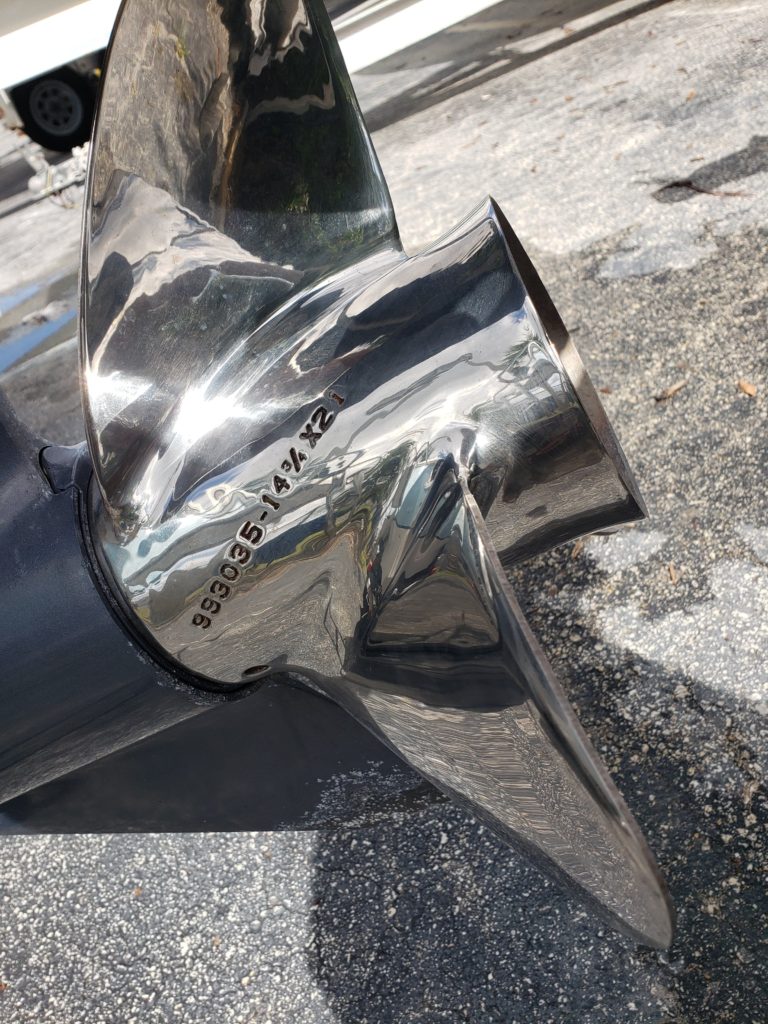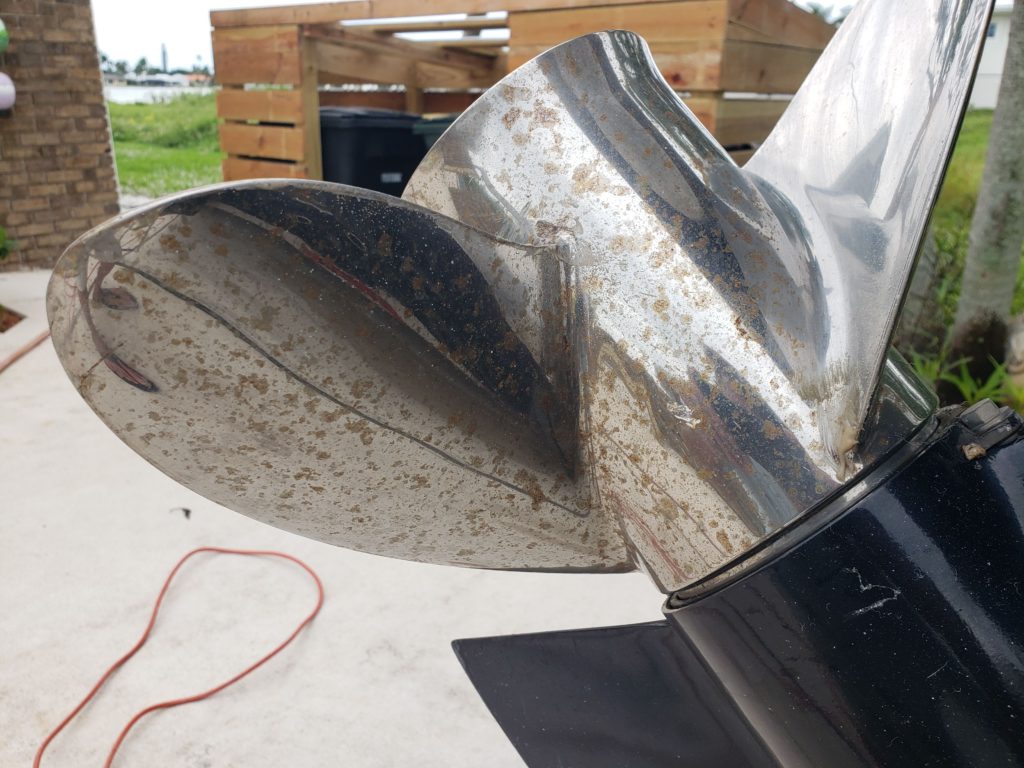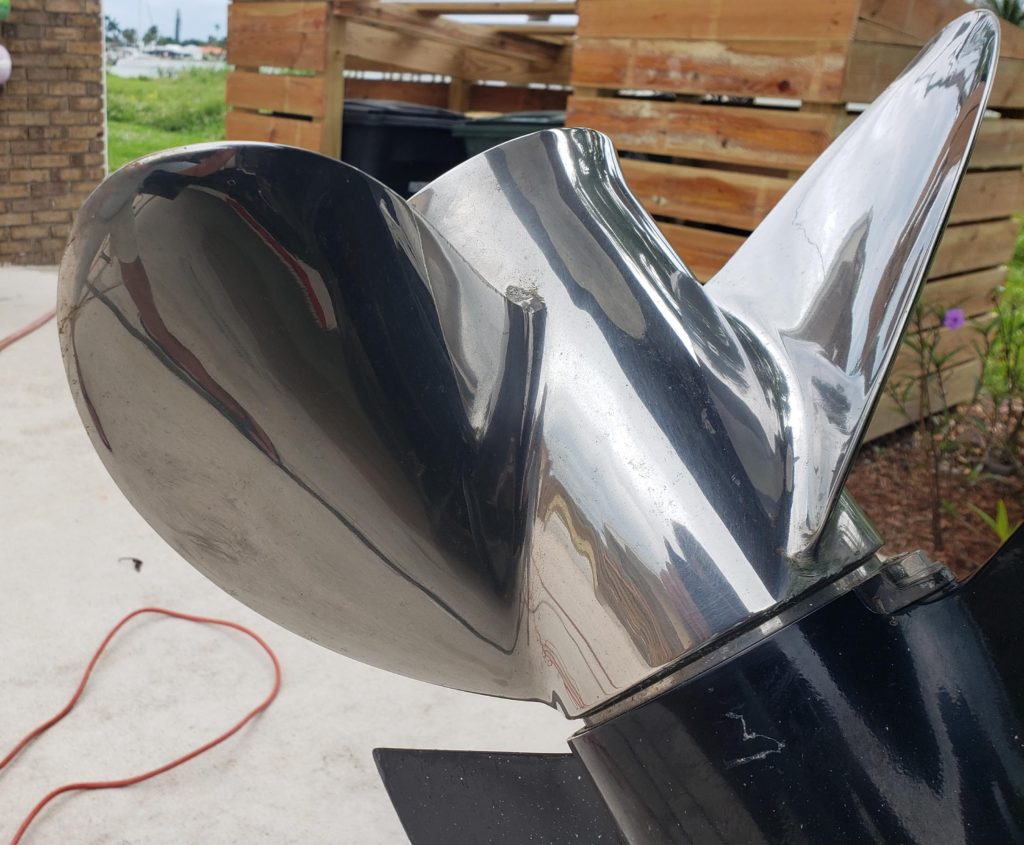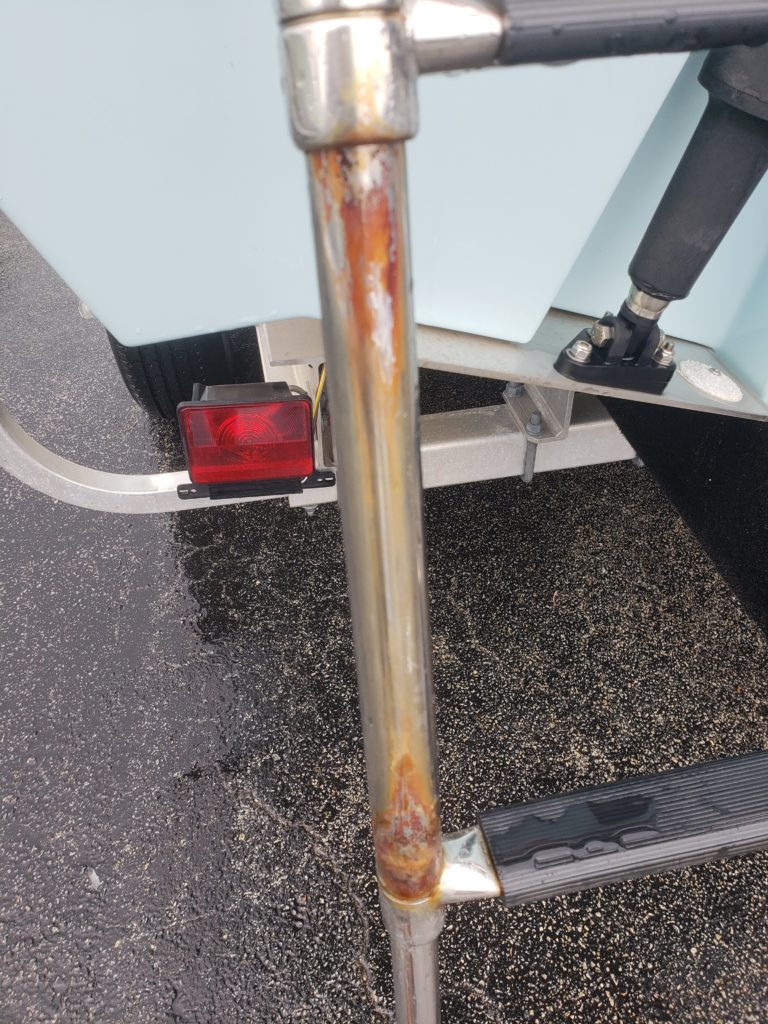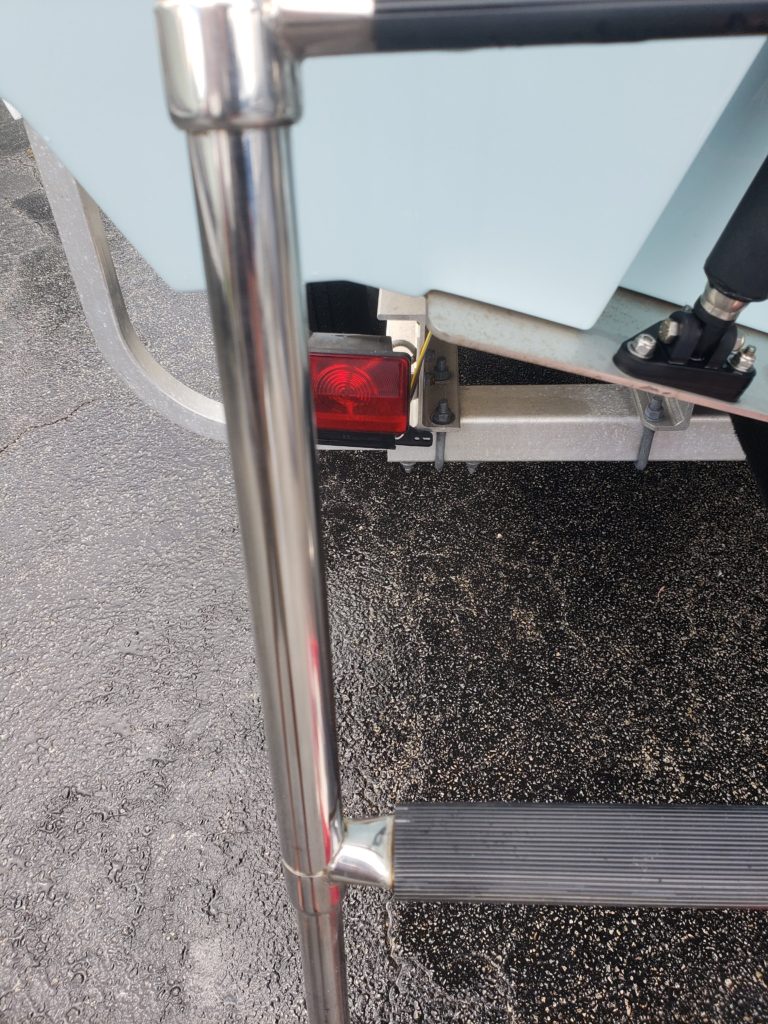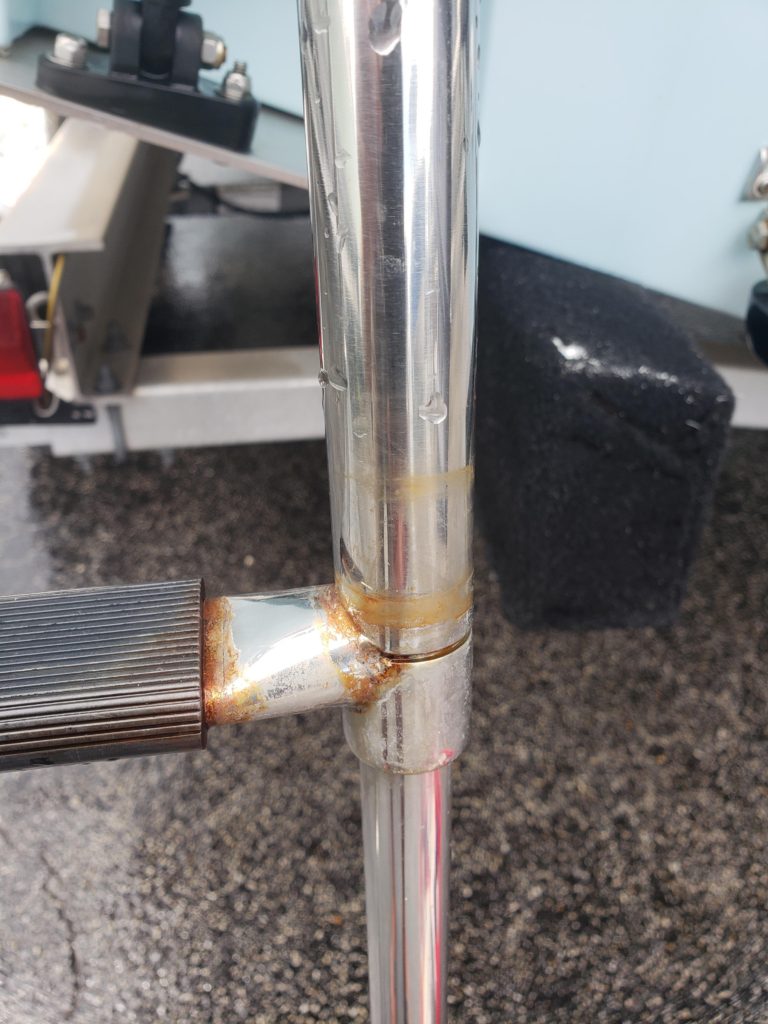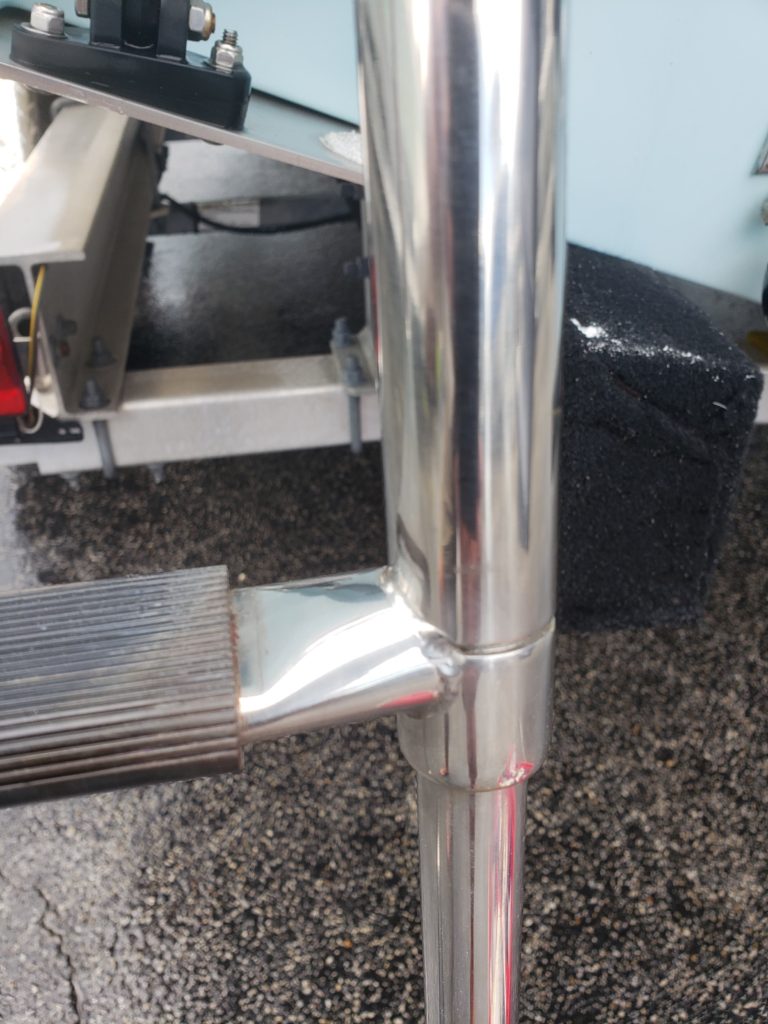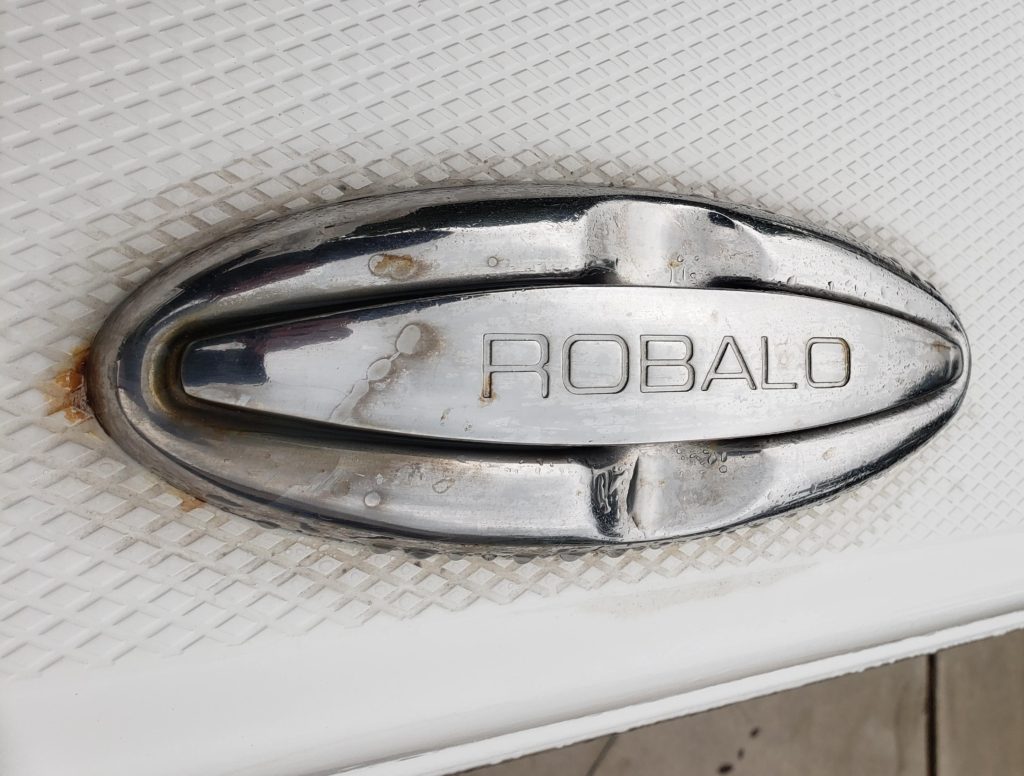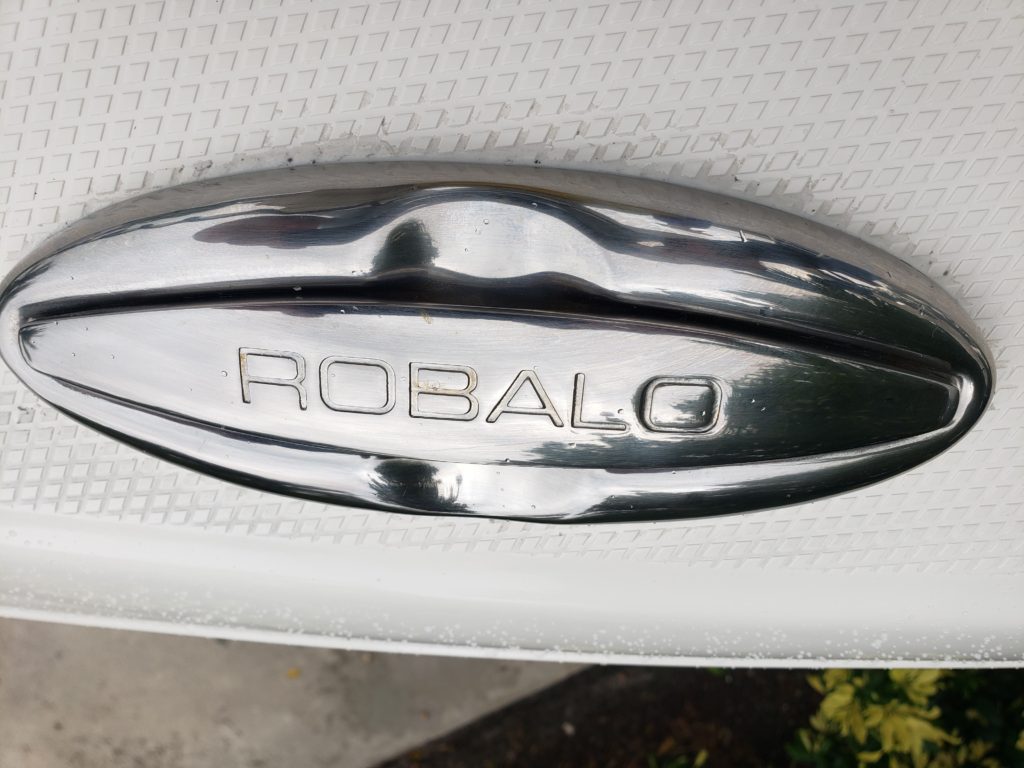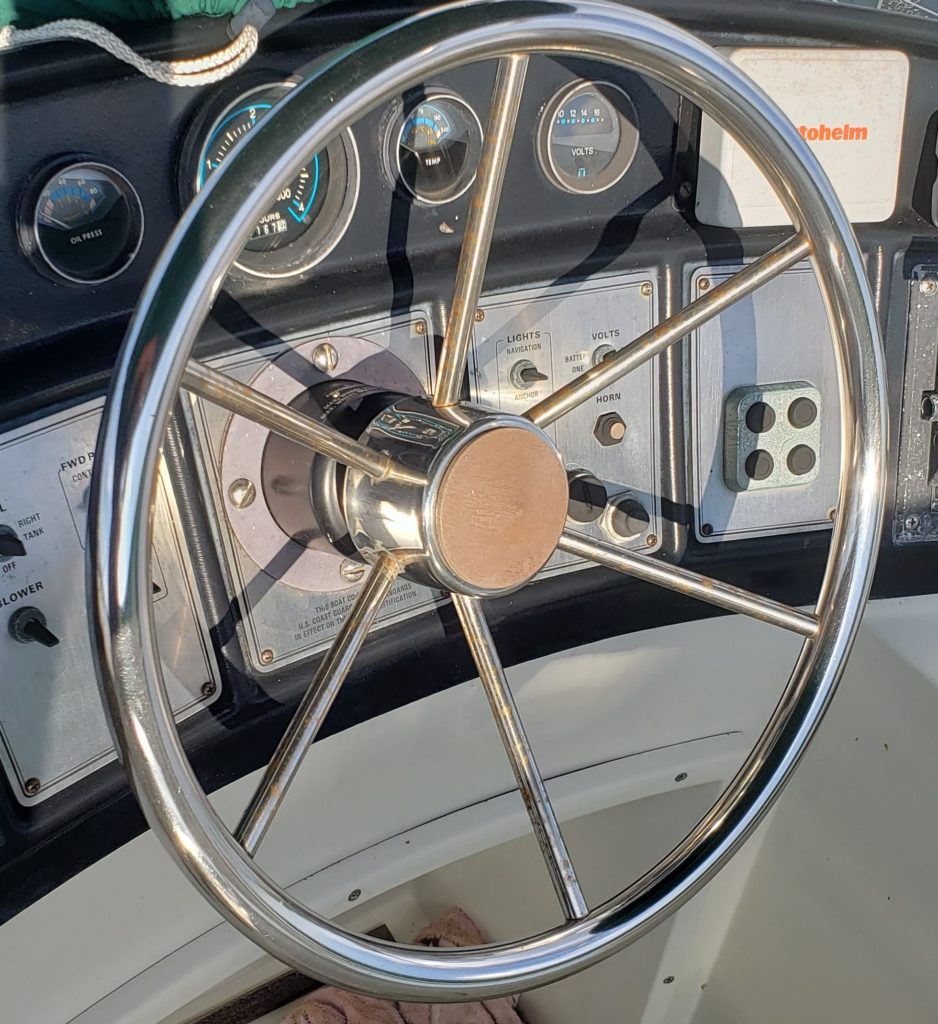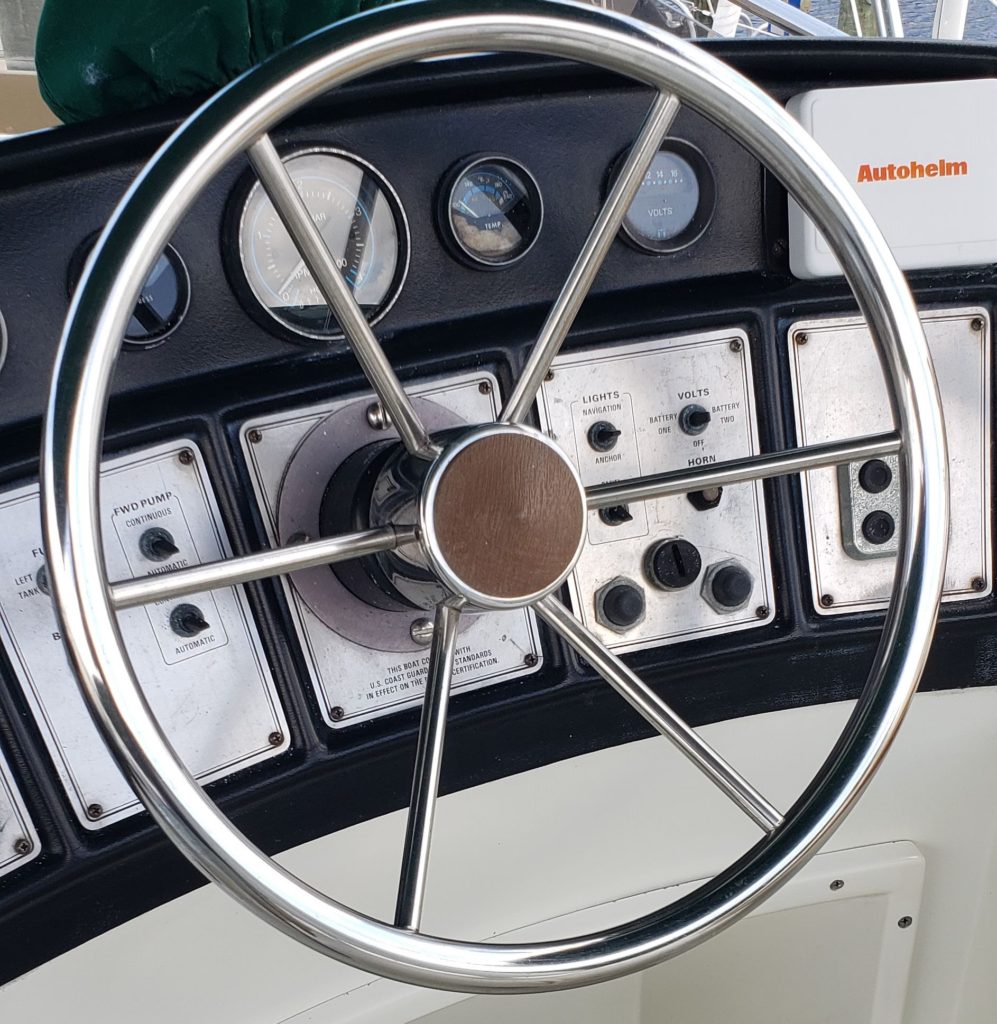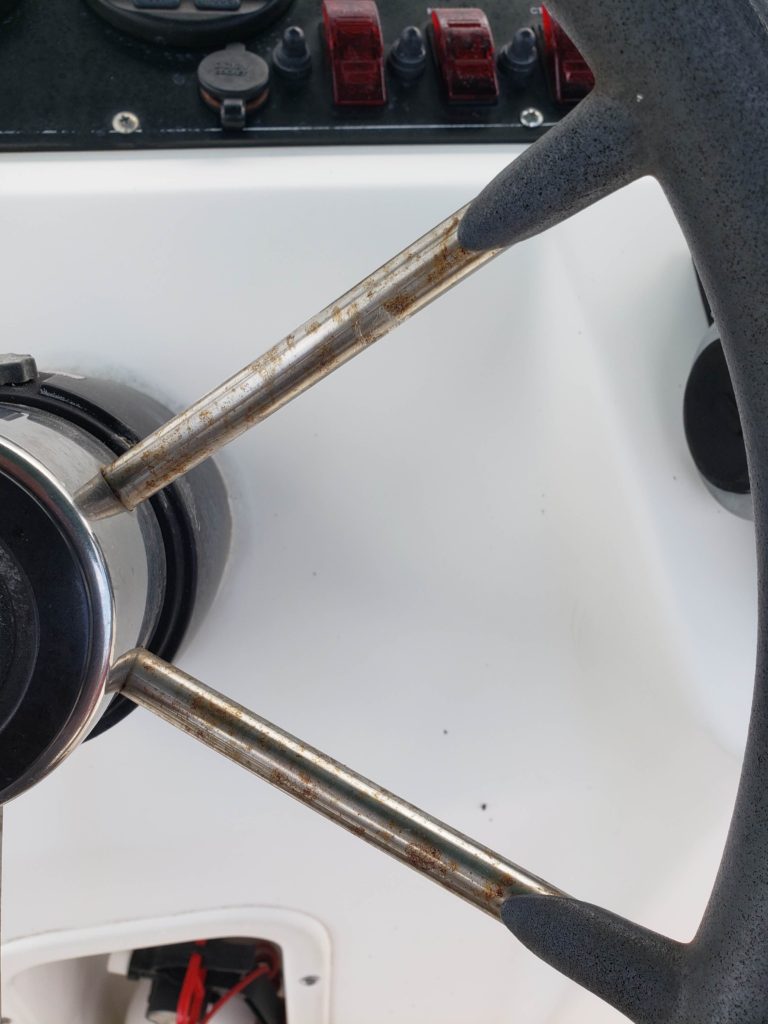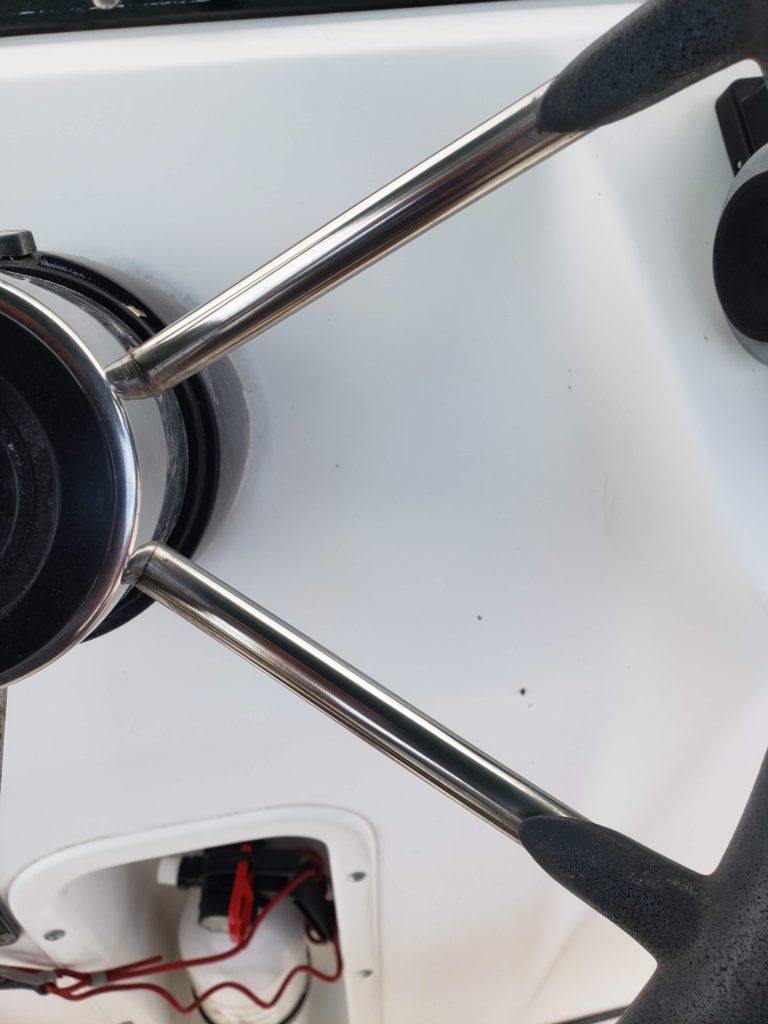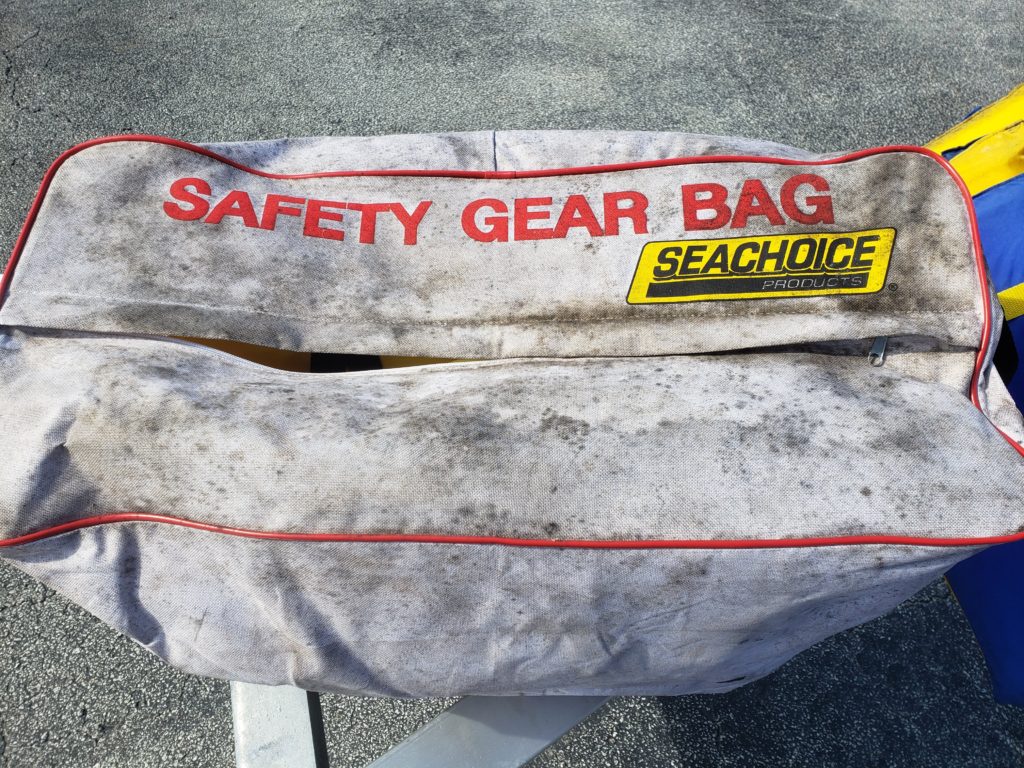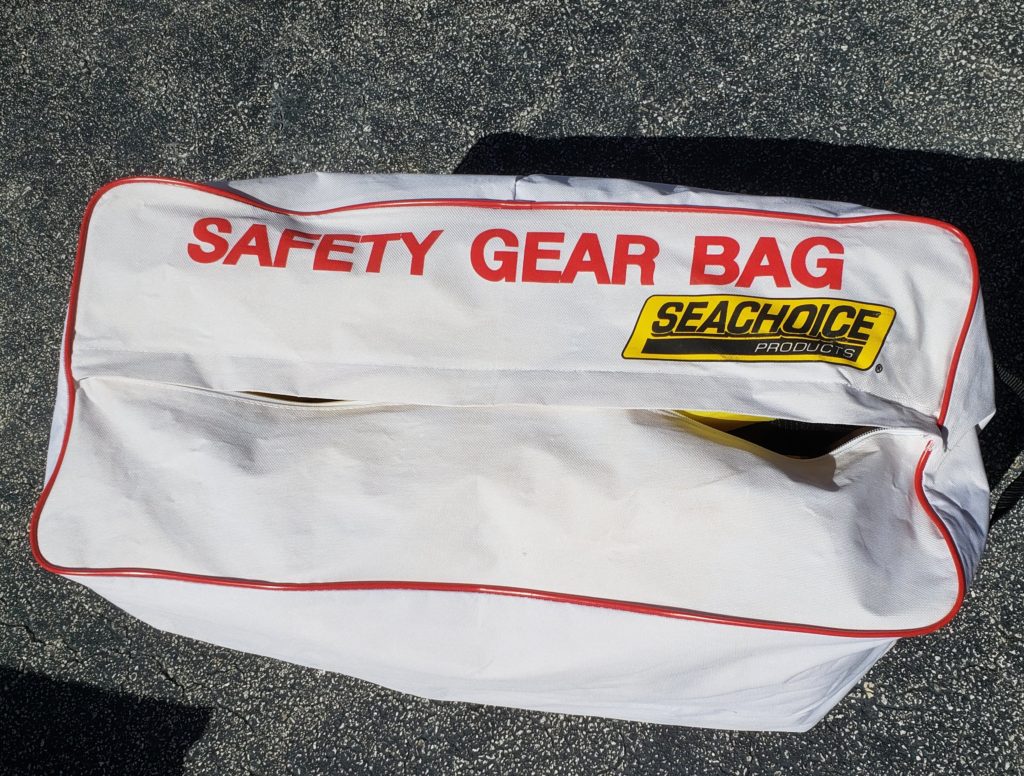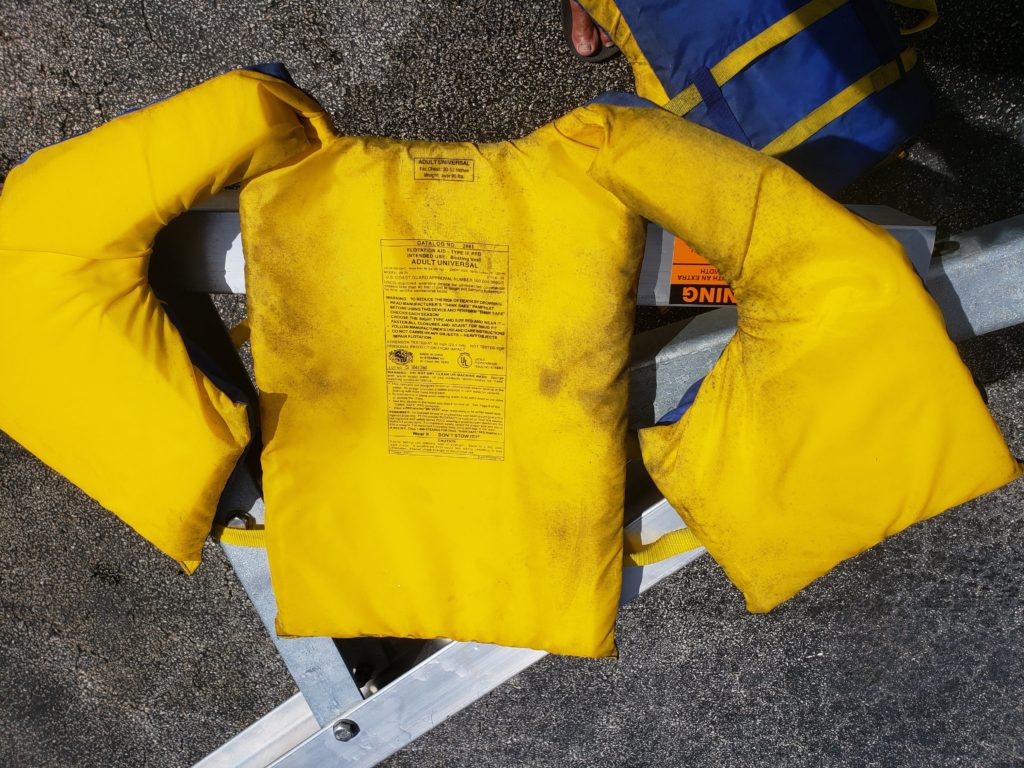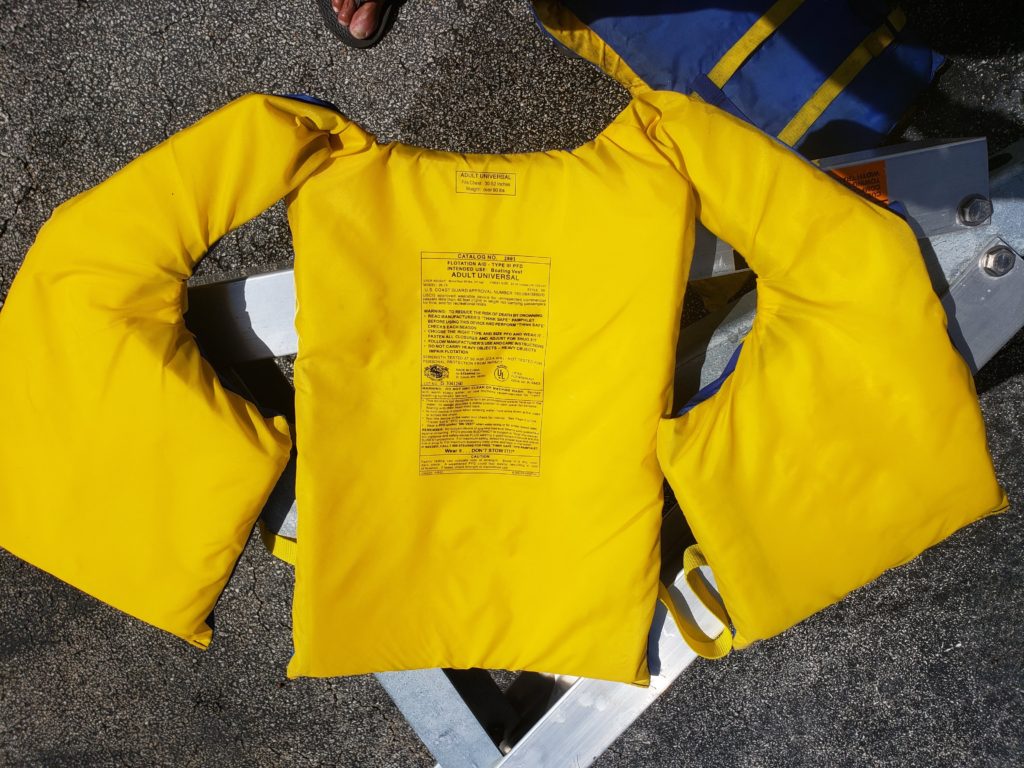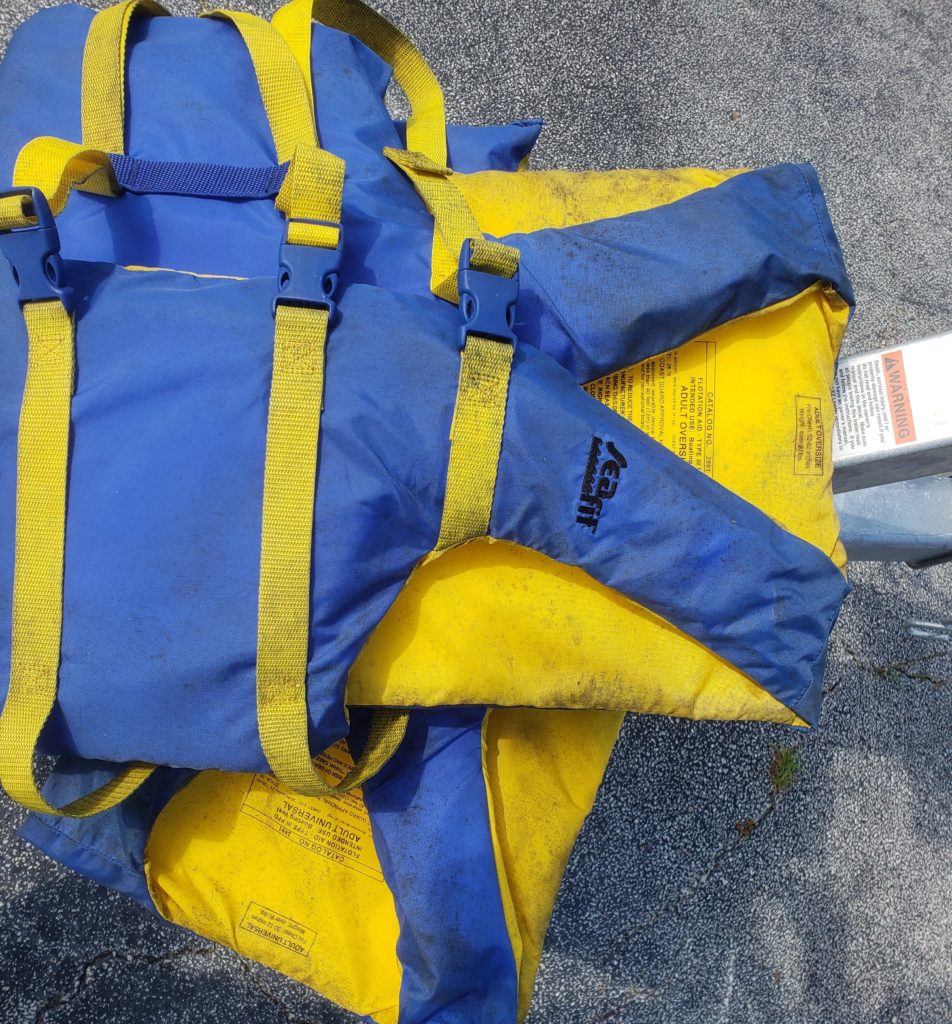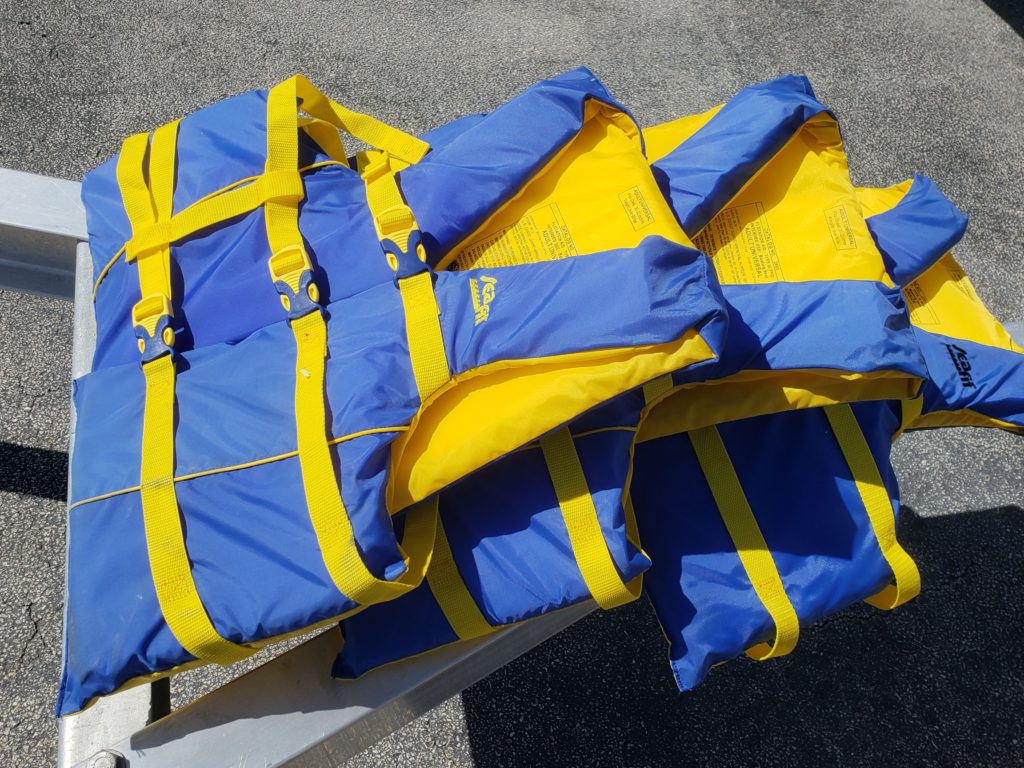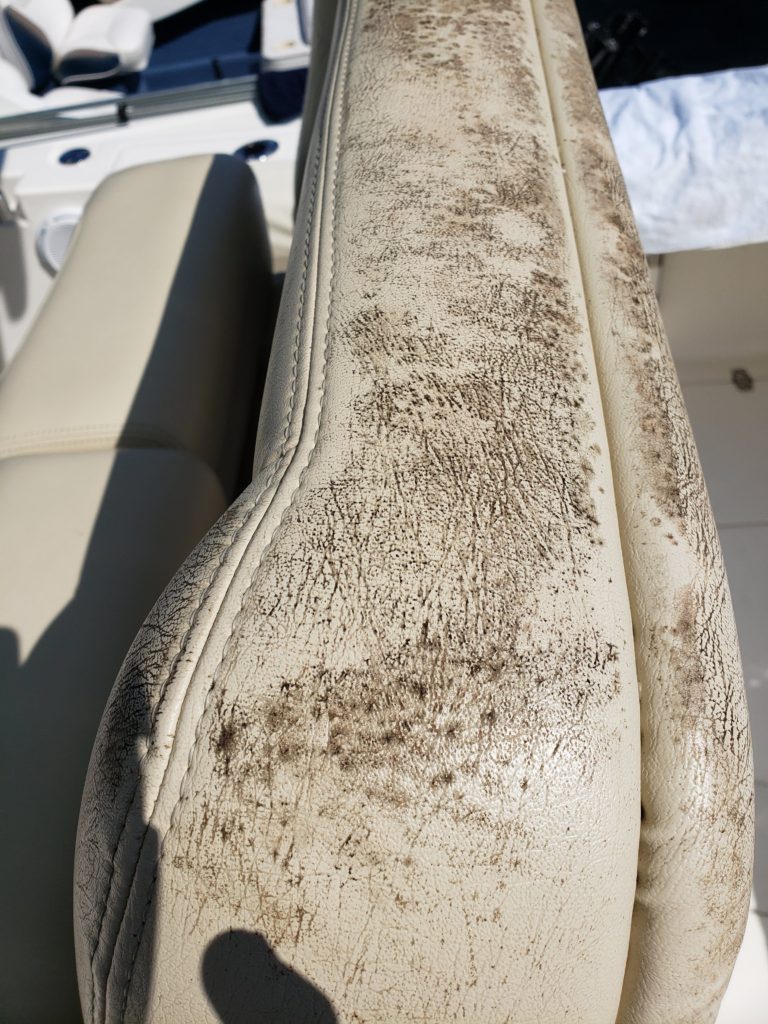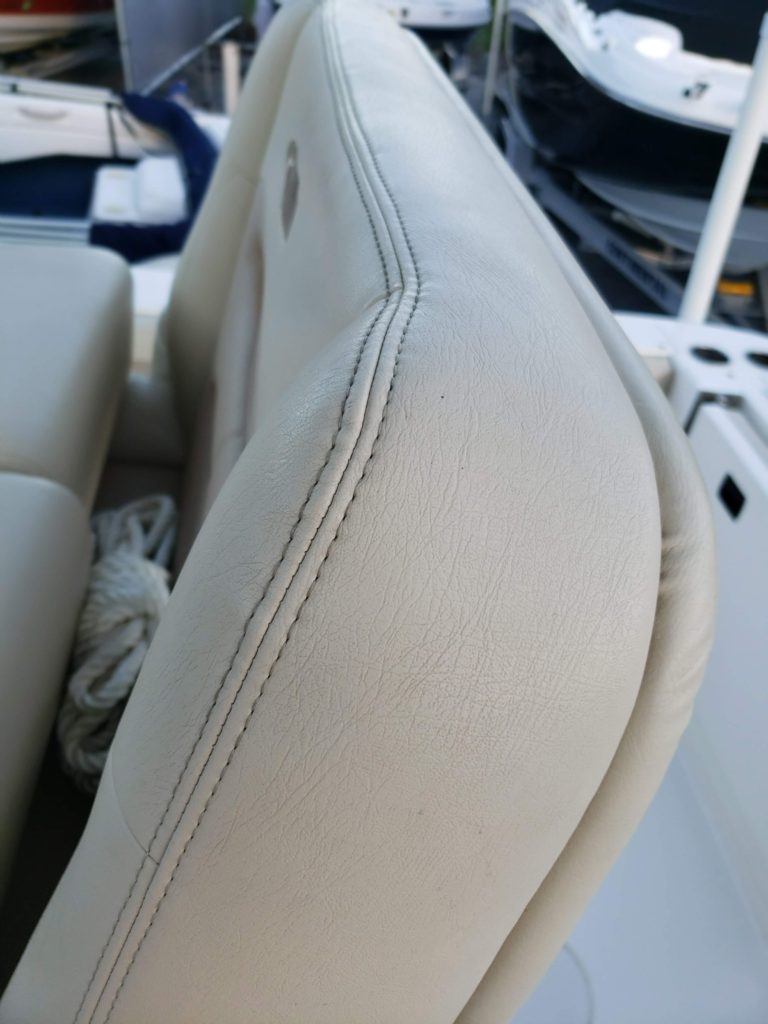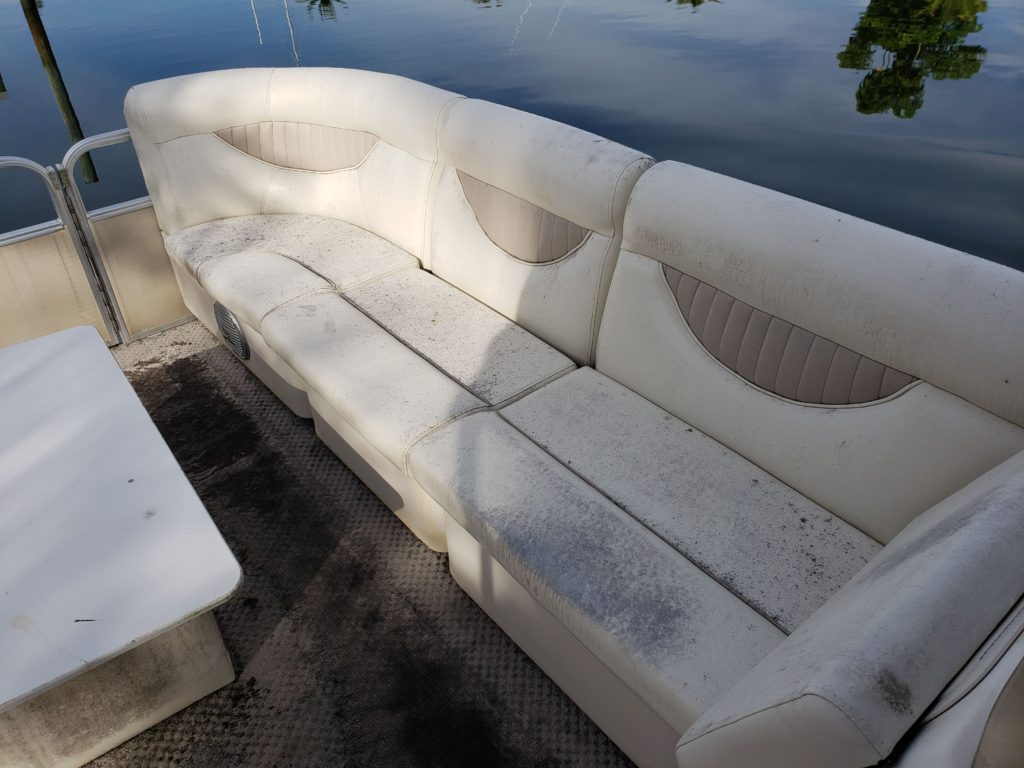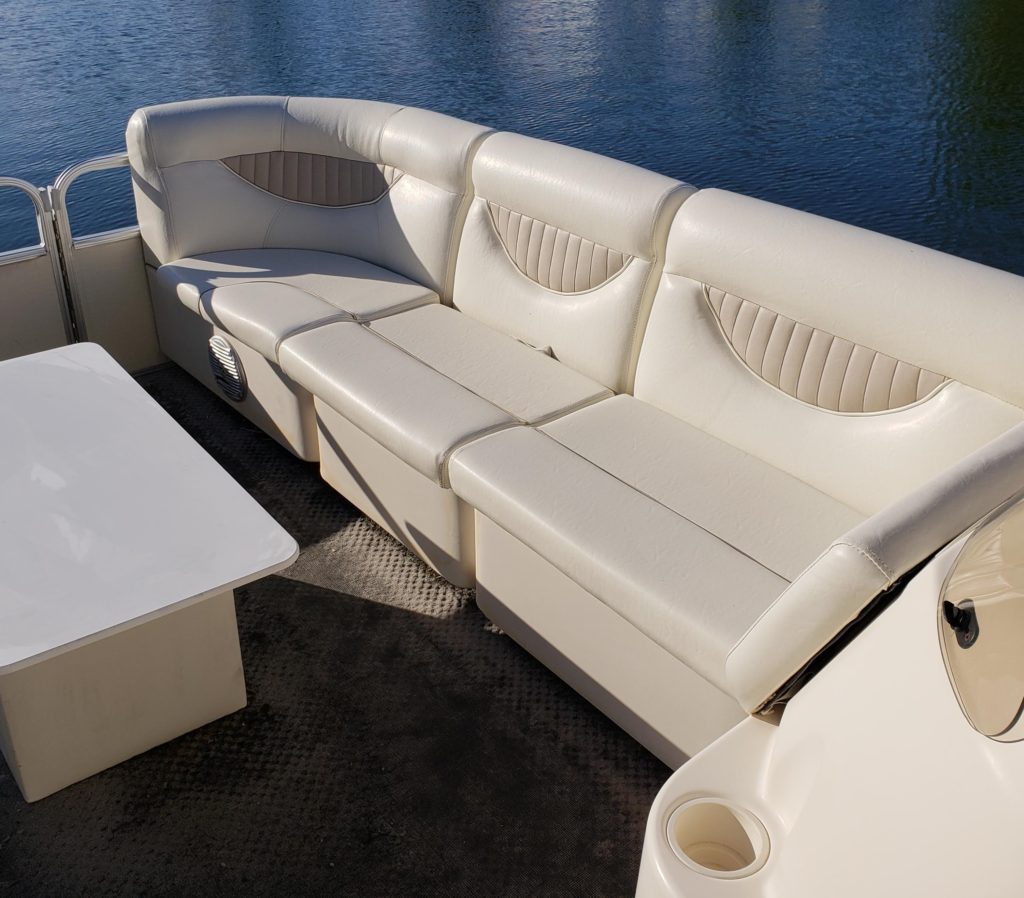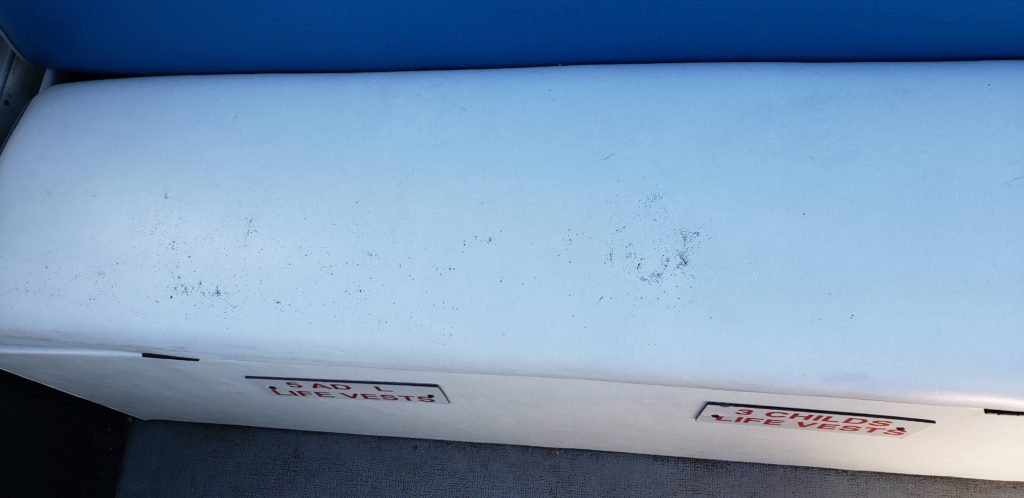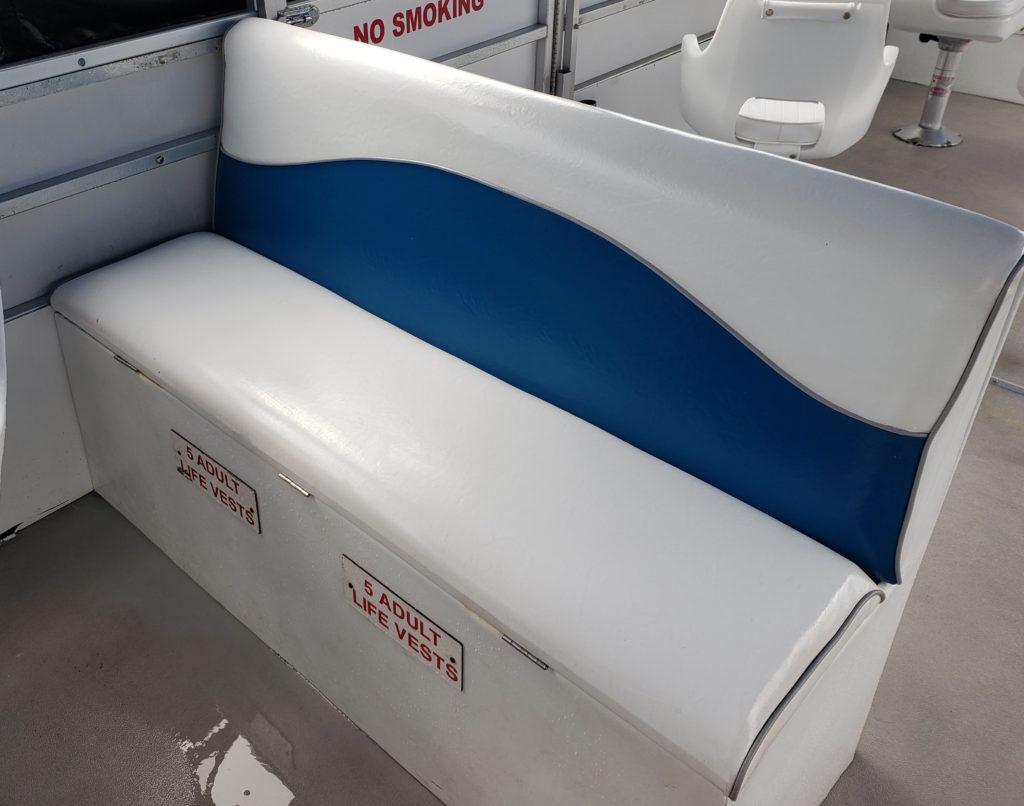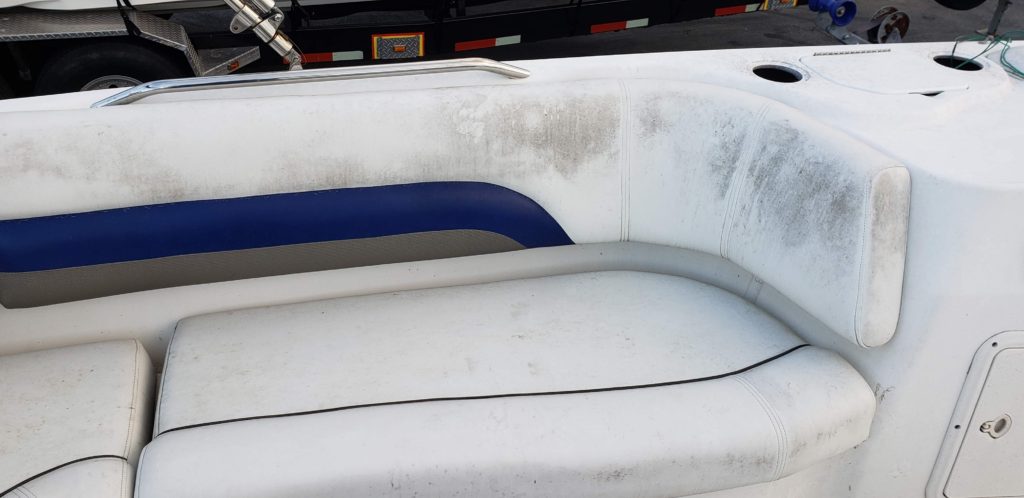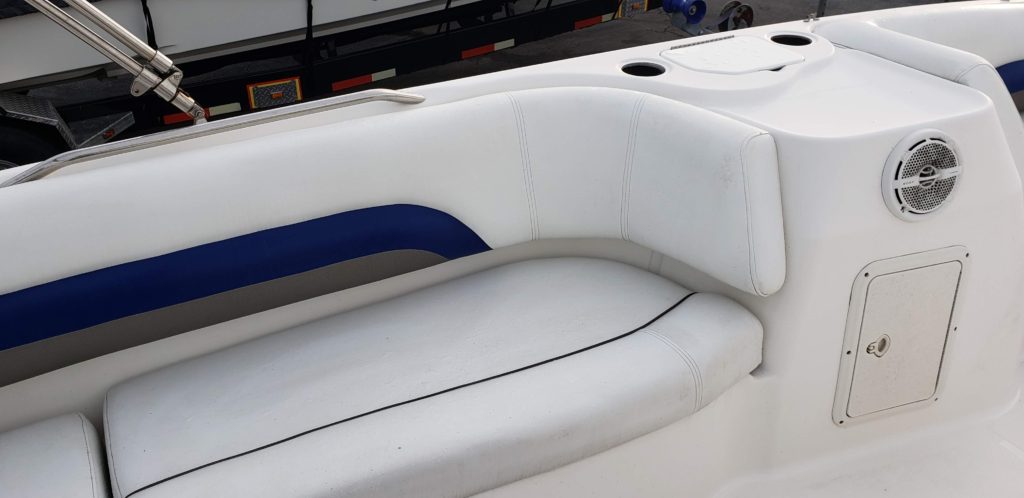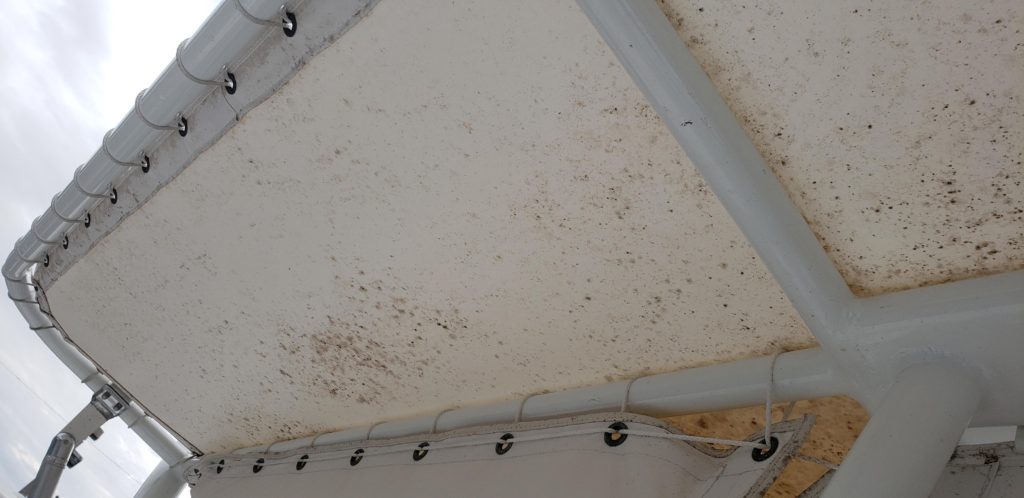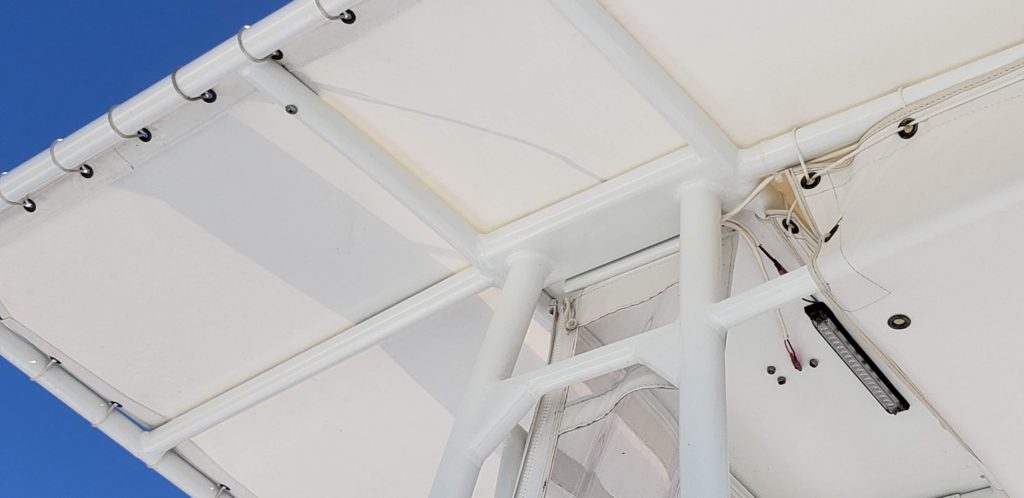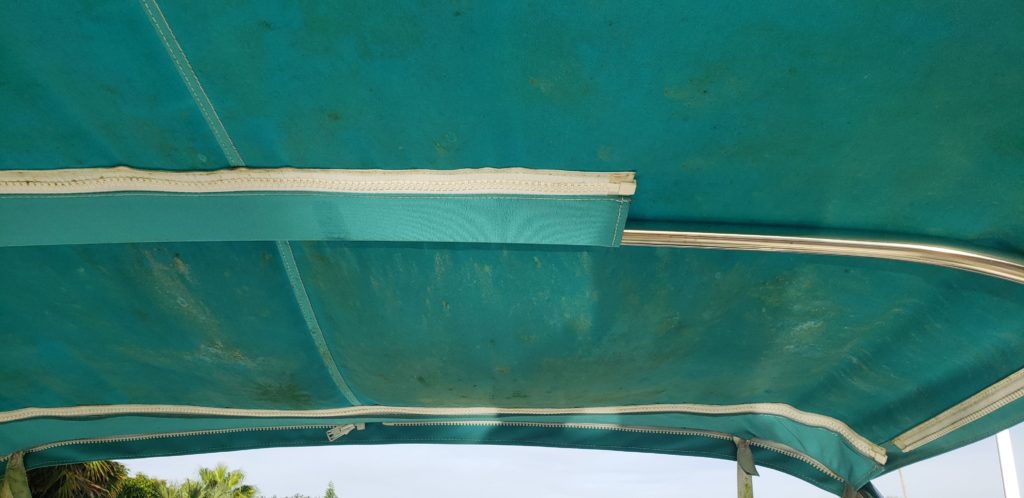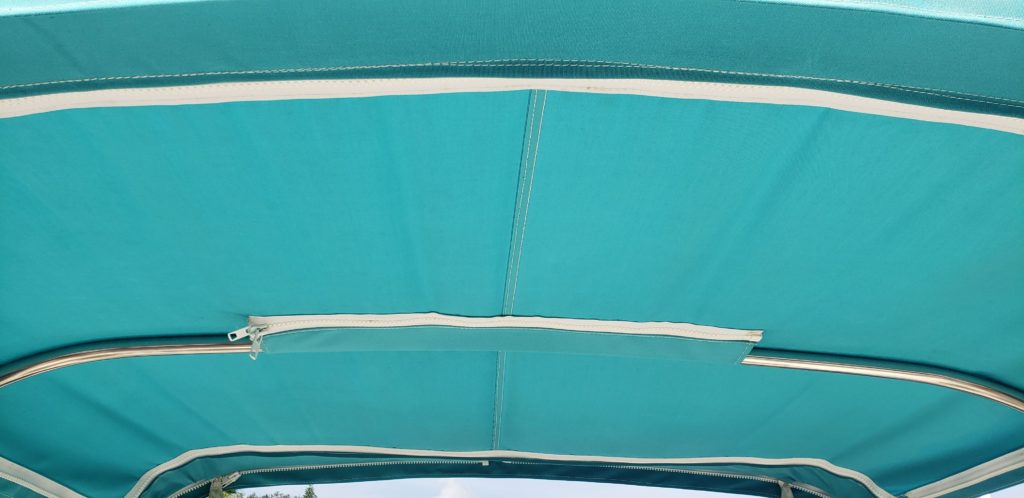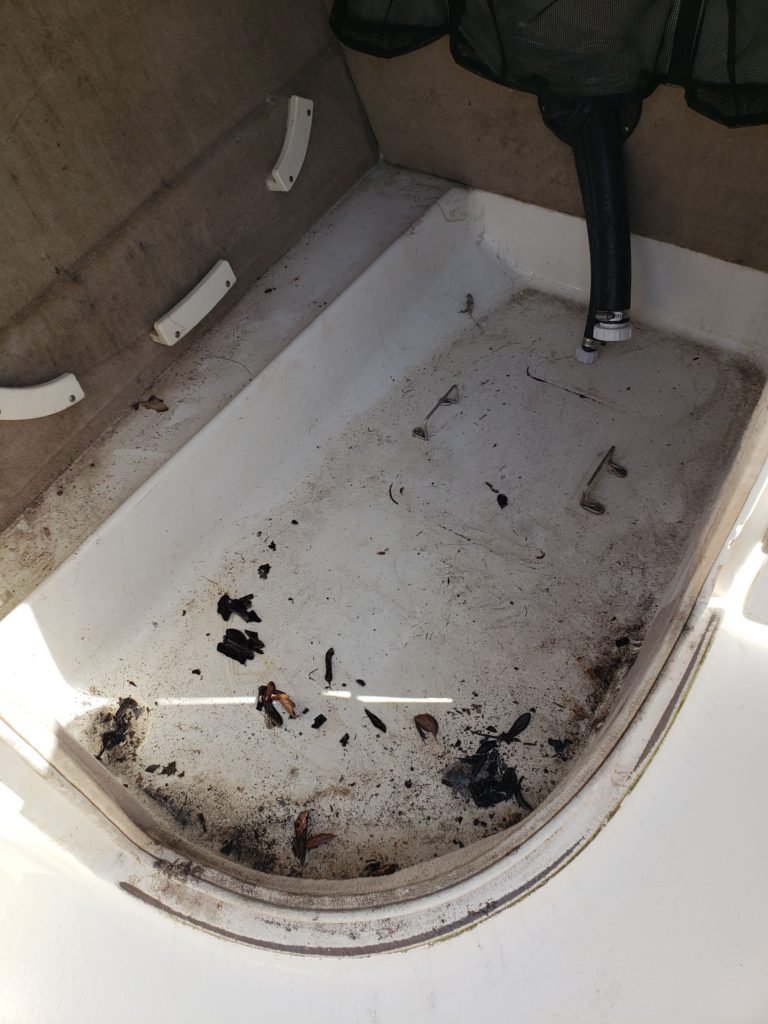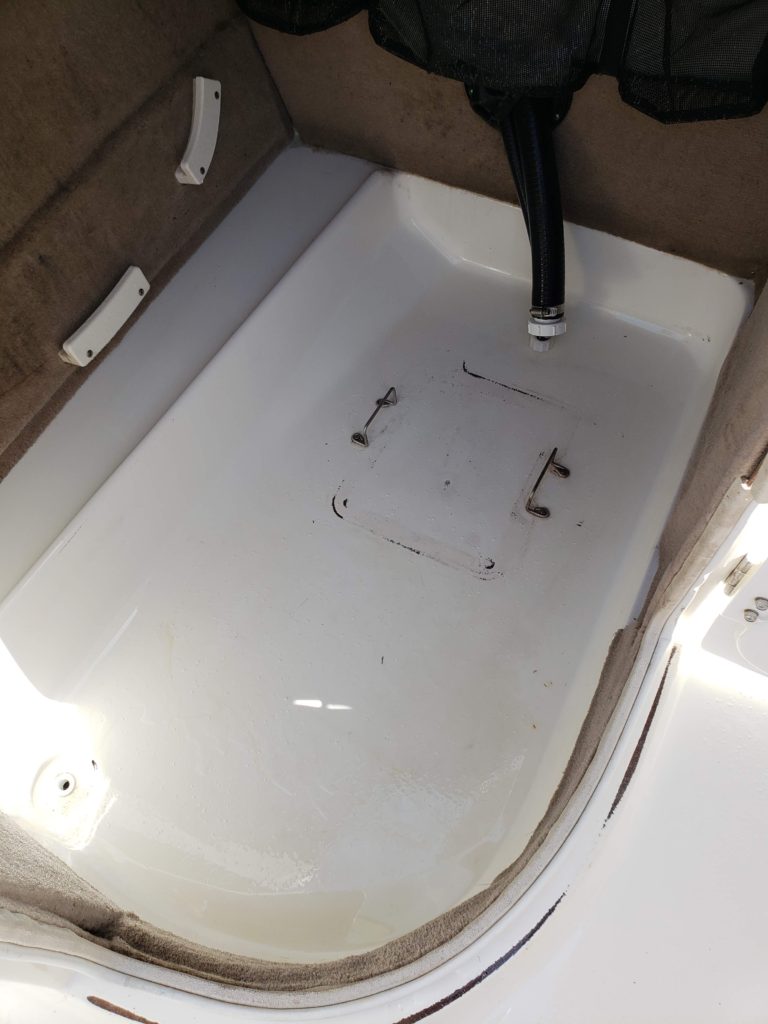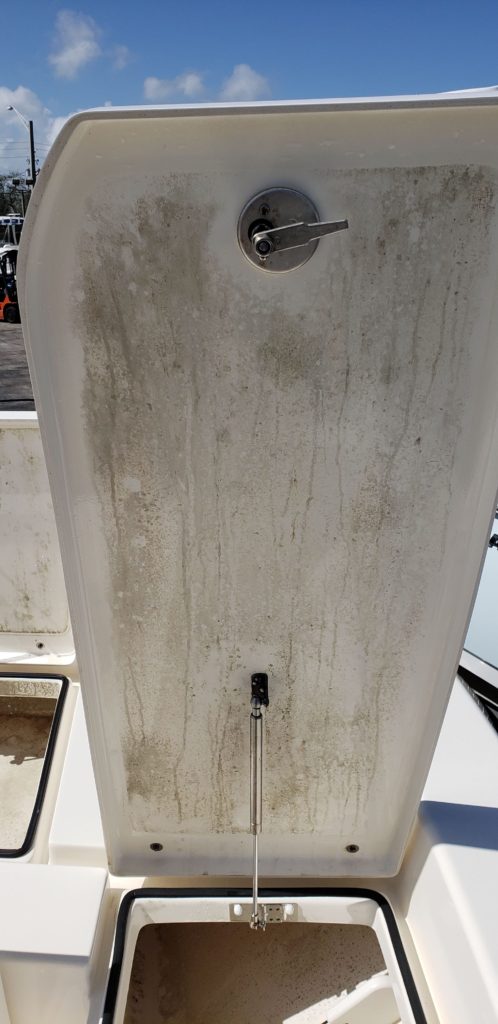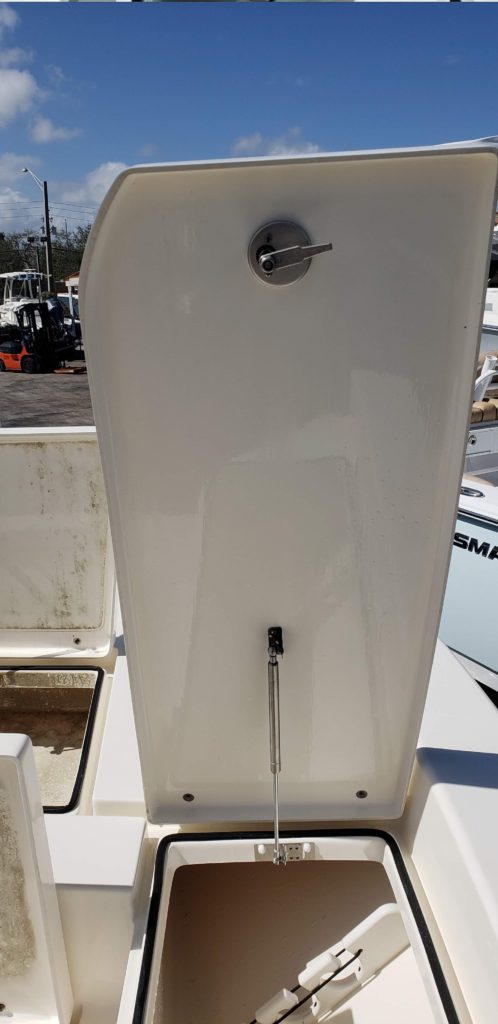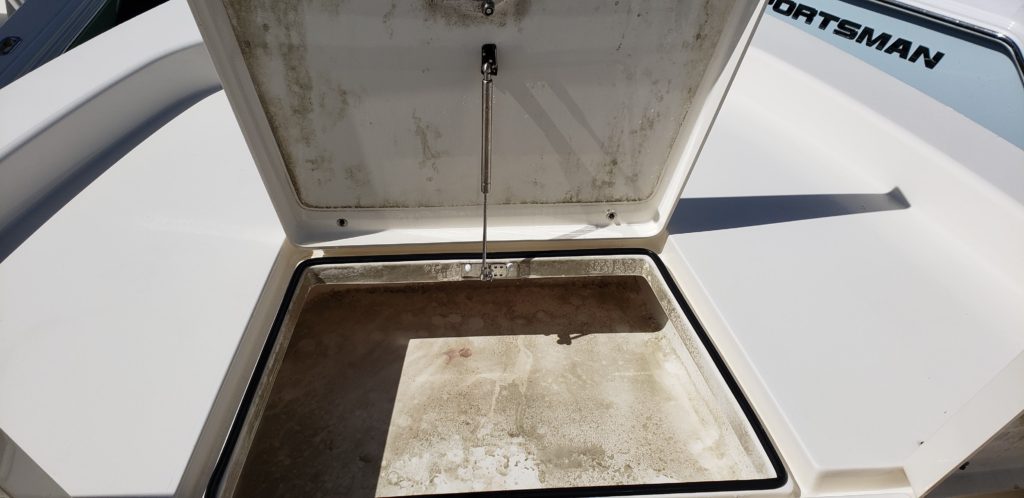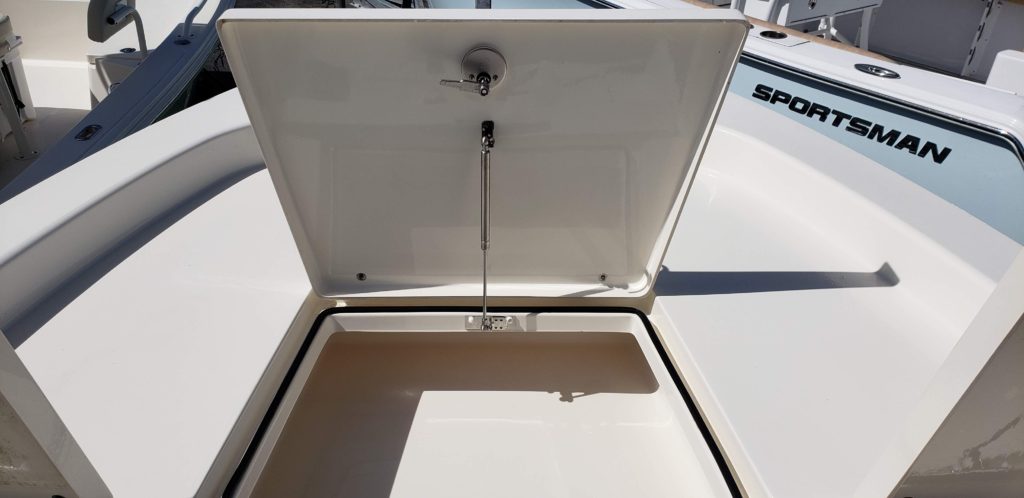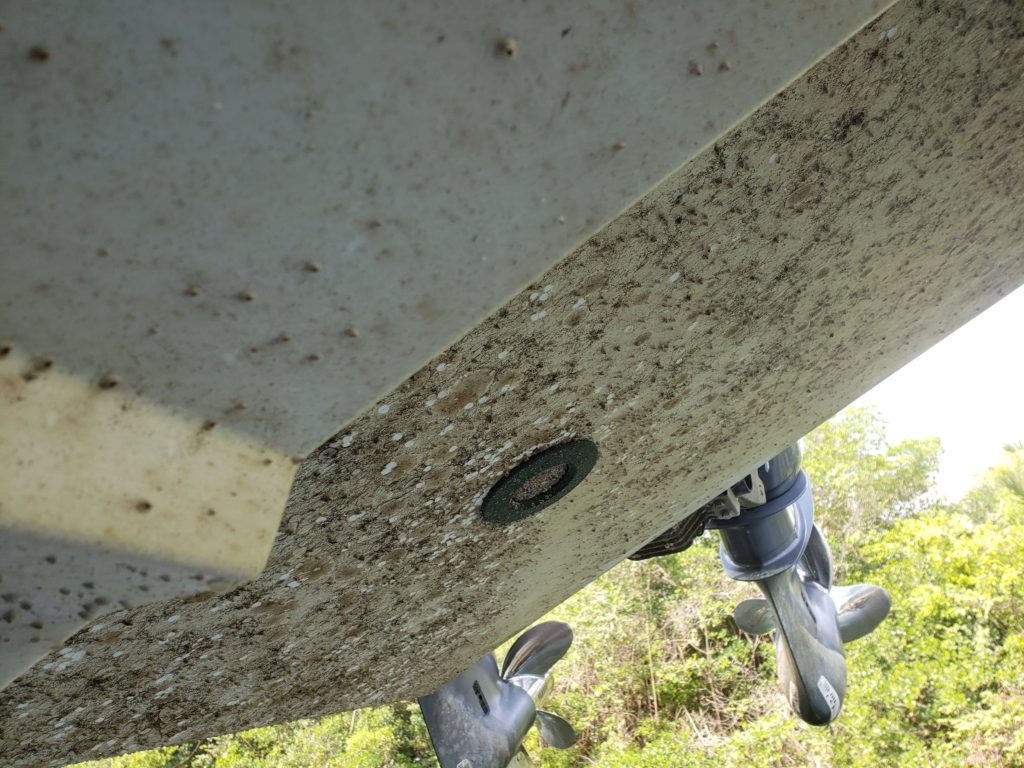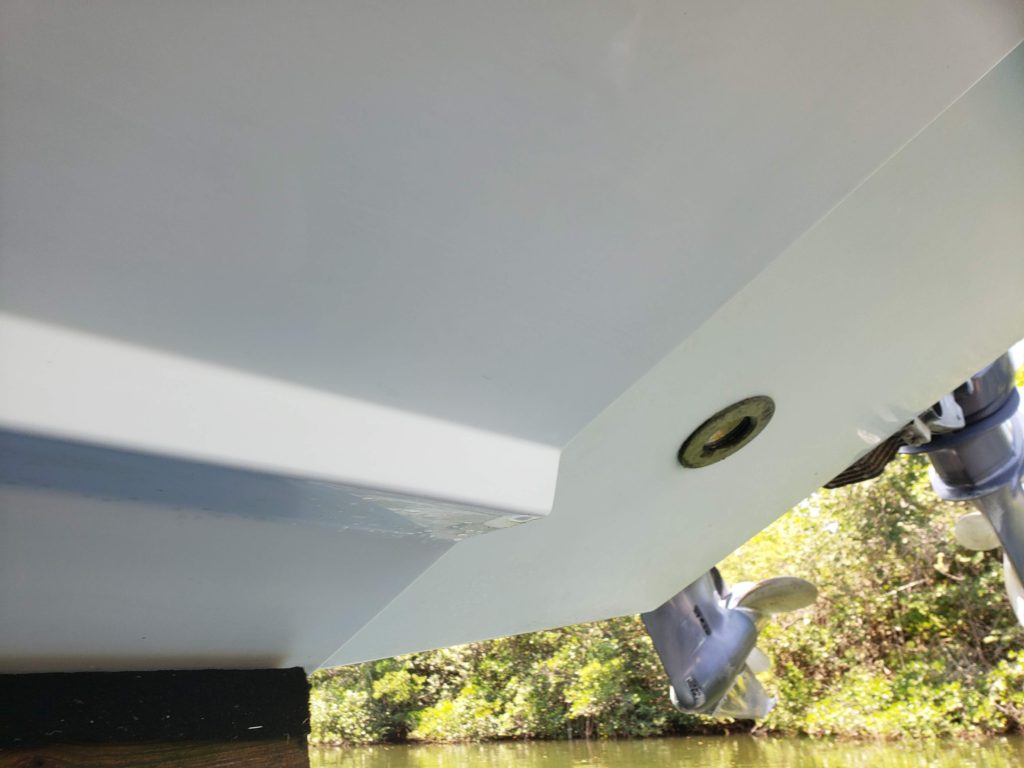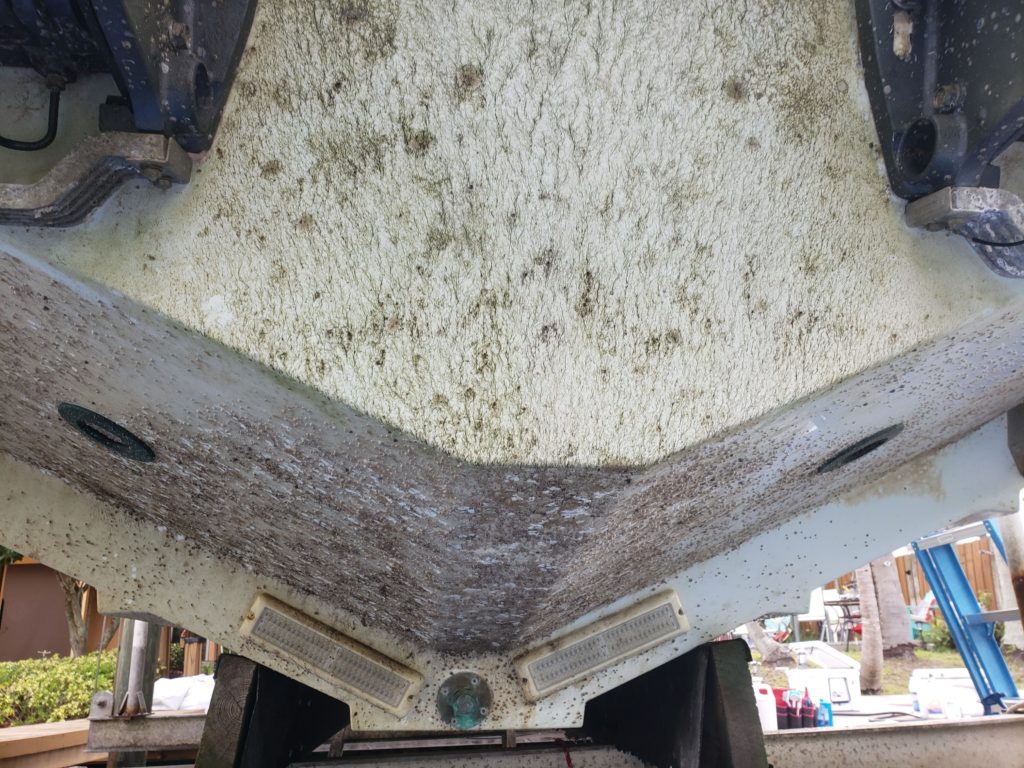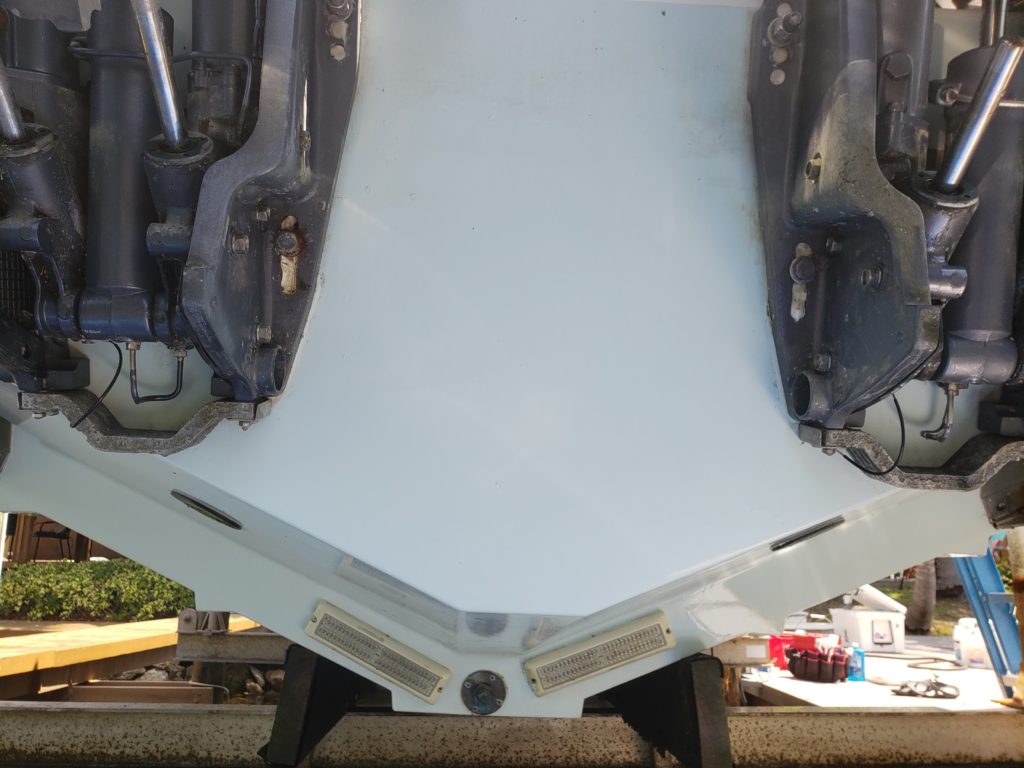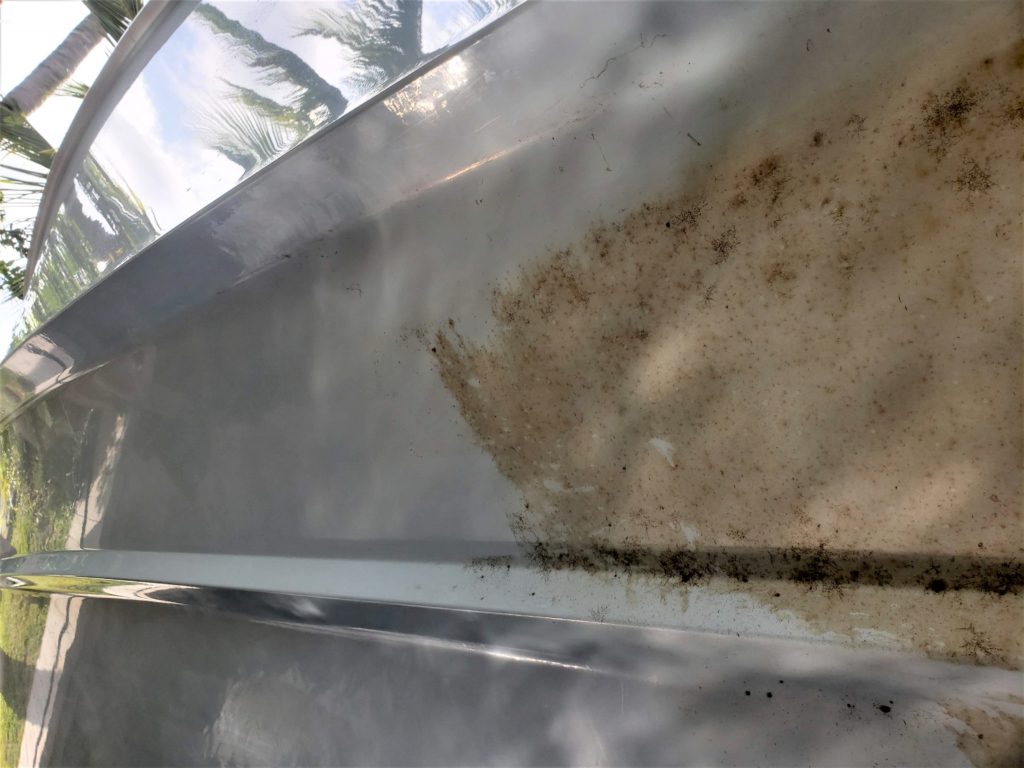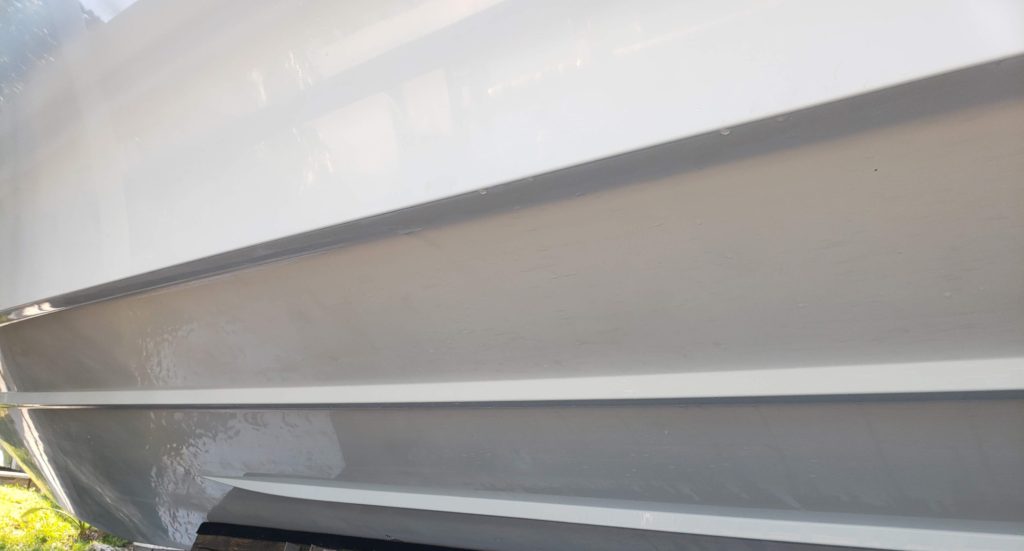The Devil is in the Detailing
Detailing a boat is much more than washing and waxing it. Washing is the first step but it involves removing marks, rust, algae, mildew, dirt, fish blood – anything that is on the topside or hull. Nonskid often has dirt, rust, tar-like substances and more that have to be removed one by one with stiff brushes or plastic razor blades and chemicals such as acetone and mineral spirits. Hatch covers, hatch tracks, hatches, compartments, live wells, and fish tanks often contain dirt, leaves, rust, mildew, algae, and a special mold I call manufacturer mold. The latter is the result of the process to make covers and compartments and shows up a year or two after the boat is made. It looks like mildew but cannot be removed with bleach.
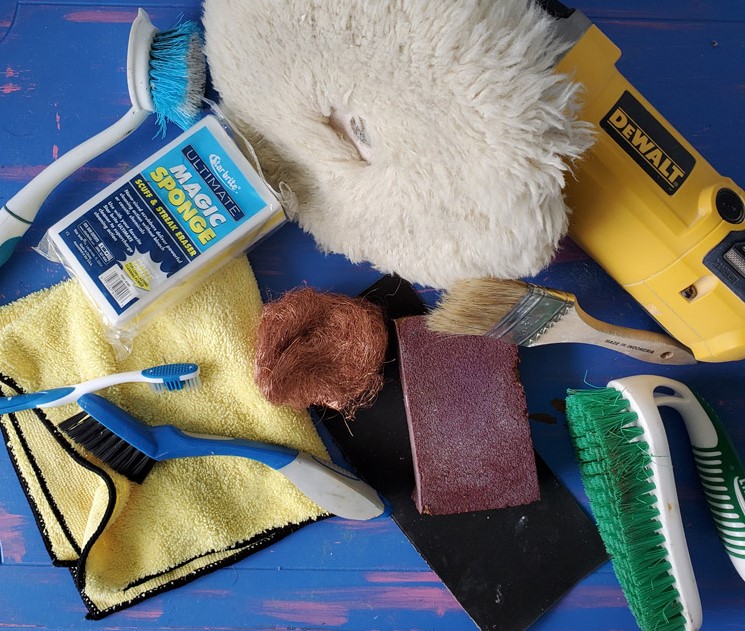
Typical tools of a detailer
You also find rust in little dots on the deck and inside hatches and hatch tracks. Rust inside compartments is usually due to storing rusty metal such as fishing nets or anchors. Rust can also cover any railings and T-top supports as well as rod holders, hinges, and cleats – any metal, even screws and bolts. This often requires using small brushes or toothbrushes to get into all the crevices and corners.
T-tops and biminis often accumulate mildew and water spots on their tops and ceilings that need to be scrubbed off. T-tops and ceilings need to also be waxed.
Props and ladders become rusty if not rinsed after every use. You need metal cleaner, brass wool, and toothbrush to clean these.
Why detail your boat?

Washing and waxing your boat is essential to protecting and preserving all exposed surfaces – fiberglass, gelcoat, metal, and vinyl – from damage caused by saltwater, the sun, rust, and other elements. Saltwater is particularly harmful to all surfaces if not removed. It can etch water spots due to salt residue on all exposed surfaced and corrode metal. The water itself leaves a yellow/brown scum line near the waterline of your boat. Exposure to the sun produces oxidation, which results in a dull sometimes powdery finish over your gelcoat and metal.
In our busy lives we do not always have time to keep up with the necessary maintenance of our crafts. We sometimes barely have time to rinse the boat and flush the engine after a long day on the water. Sometimes, boats go unused for extended lengths of time and collect dirt and leaves and mildew and rust.
Topside Boat Cleaning can help you protect your boat from the harsh Florida environment by providing complete washing and cleaning of your vessel. Even if you wash your boat after each use, over time the elements take their toll and a detailed washing, cleaning, and especially waxing is necessary. Topside Boat Cleaning provides this serviced as often as you need it.
What is the best way to protect your boat?
The best way to protect your boat is with a high-quality waxing. Think of wax as sunscreen for your boat. Wax helps protect your gelcoat from oxidation and the dulling effect of solar ultraviolet radiation. It is best if this is done at least twice a year or more often depending on the exposure of your boat to the elements. Under the Florida sun, wax can last as little as three to four months, while polymer (synthetic) waxes last six to nine months. I can apply either to your boat.
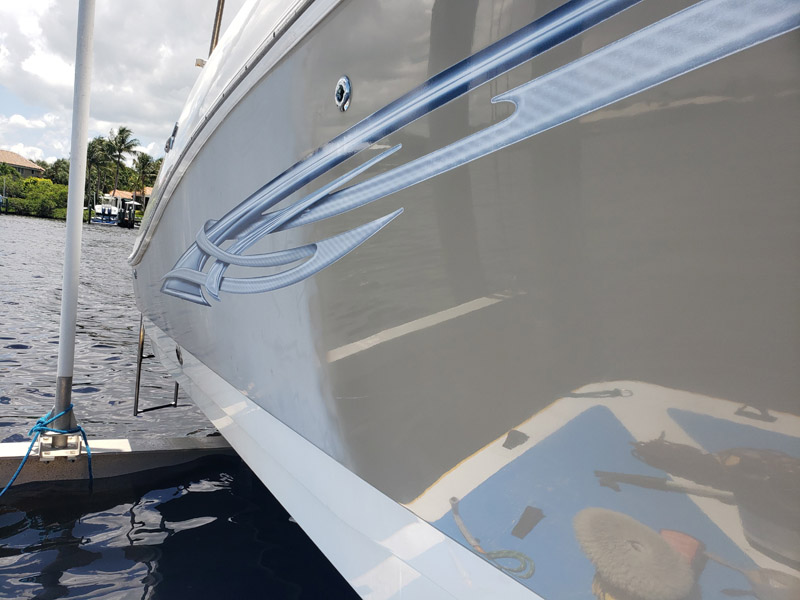
In the event that your gelcoat shows oxidation or a dull finish, very common in Florida, Topside Boat Cleaning will wet sand and compound your gelcoat, both the hull and smooth topside and bring your boat to its original shine.
What can detailing your boat involve?
- Removing dirt, stains, rust, and mildew from all surfaces and compartments, including bilge and console compartments
- Cleaning and waxing the helm, console, and T-top
- Sanding and compounding to remove oxidation and water spots
- Waxing all smooth topside surfaces and the hull
- Removing scum and barnacles
Where can I detail your boat?
- Anywhere your boat is on a trailer: topside and hull
- On a lift at your home: topside and hull
- Docked at a marina: topside and possibly hull
- Moored: topside; hull if a dingy is provided
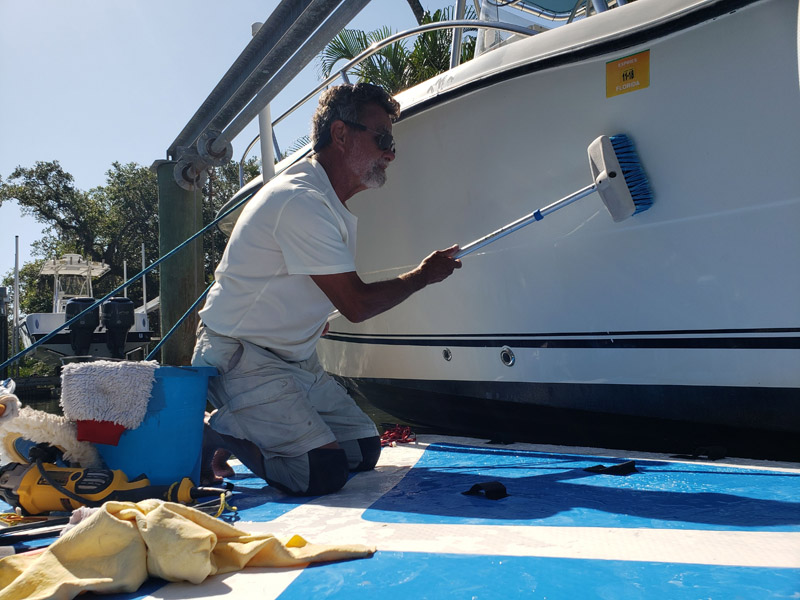
I must also have access to water and electricity (if I have to compound your boat). For moored boats, the electricity needs to come from a portable generator in order for me to use a rotary buffer.
What kind of detailing does a boat need?
Boats generally require two kinds of detailing: 1) an initial cleaning and waxing or 2) cleaning and waxing together with wet sanding and compounding to eliminate dullness and oxidation. In option 1, we wash and clean the entire boat, including removing mildew, rust, and stains from the deck and all compartments, conditioning all cushions, and waxing and polishing the entire boat. Once we clean your boat, we will be happy to maintain it by doing regular maintenance, on a schedule that suits you, typically once every month, depending on how much you use your boat.
In option 2, the cleaning is often a deep cleaning because the boat has been exposed to the elements for an extended period and exhibits extreme oxidation and dull gelcoat. In this case, wet sanding and compounding may be needed. Unless maintained on a regular basis, most boats require option 2.
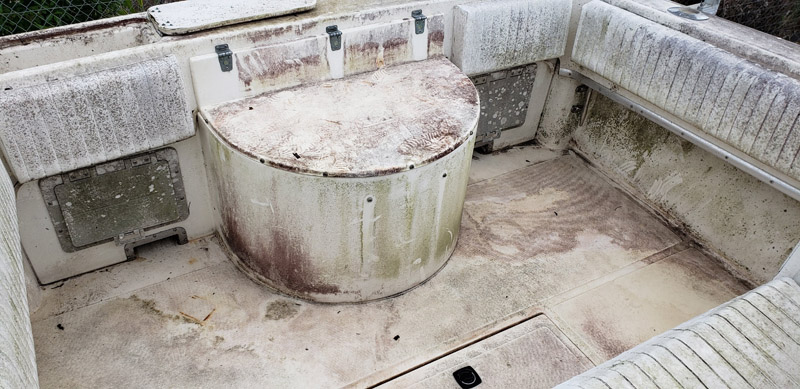
The good news is that regular washing and waxing will greatly reduce the need for wet sanding and compounding. Furthermore, as the image above shows, many of the effects of long exposure and neglect can be corrected, giving new life to your boat. Topside Boat Cleaning will make your boat look its best for your enjoyment and that of your guests.
Some Before and After Pictures
The pictures below give examples of the detailing necessary to make boats look like new. They also show you that, if your boat looks like any of the before pictures, it can be cleaned to look like new.
The first group of pictures are of bilges and console compartments. These are always covered with mildew, dirt, and grease. You and our mechanic deserve a clean environment to work.
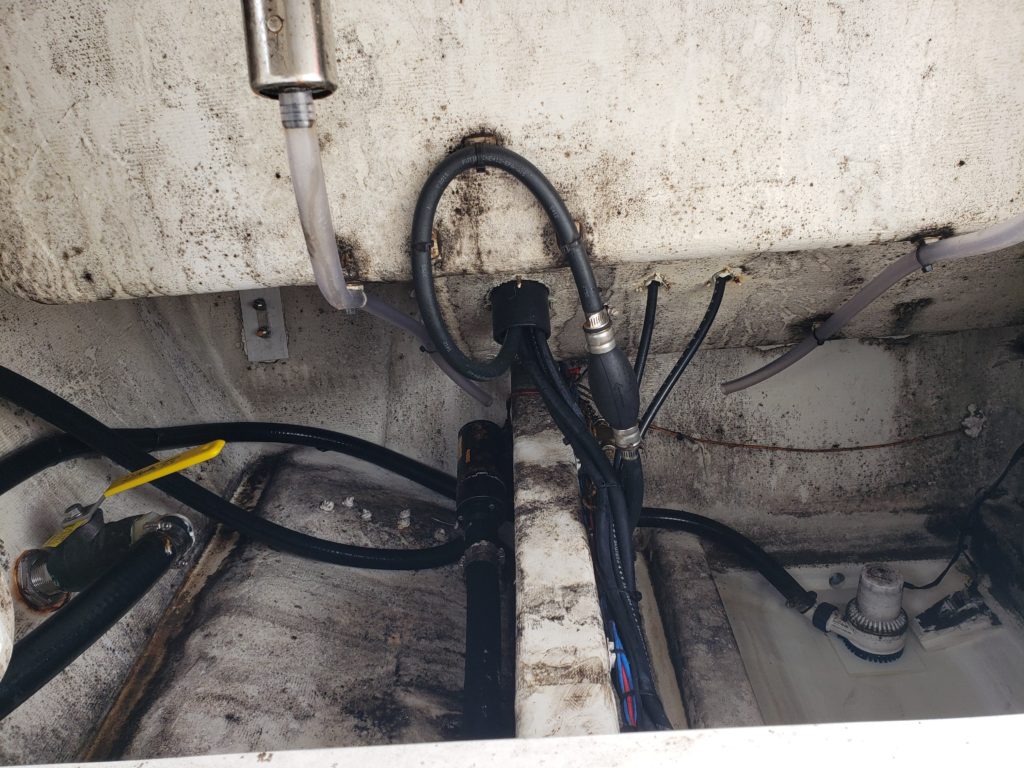
Cobia 237 bilge 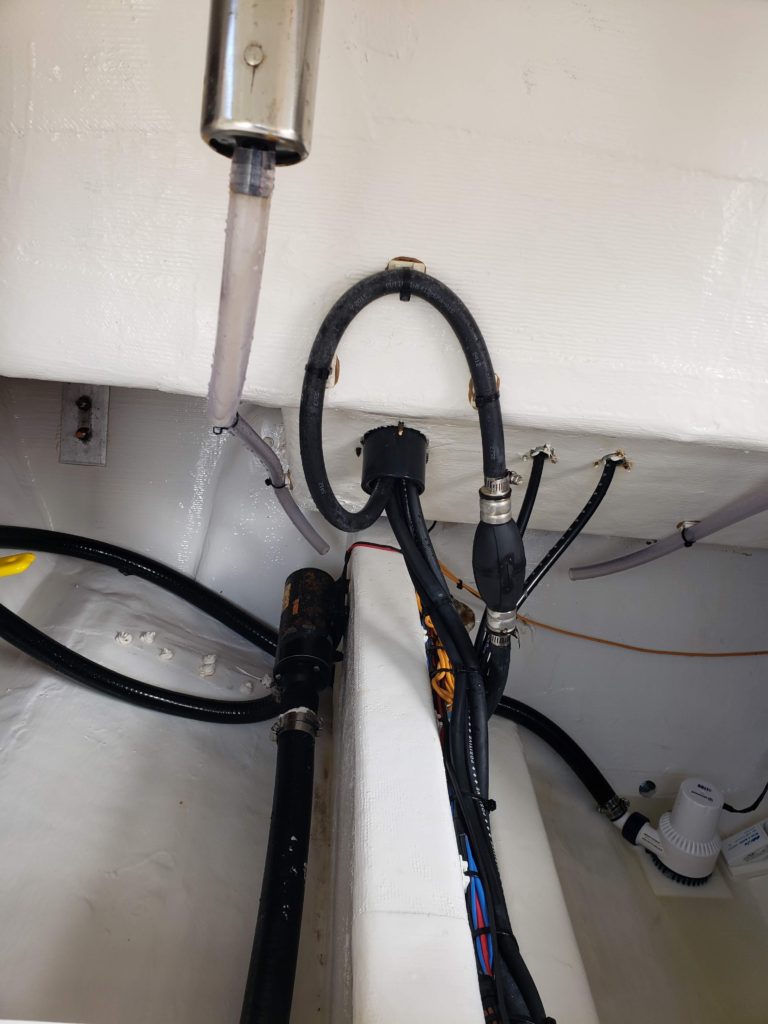
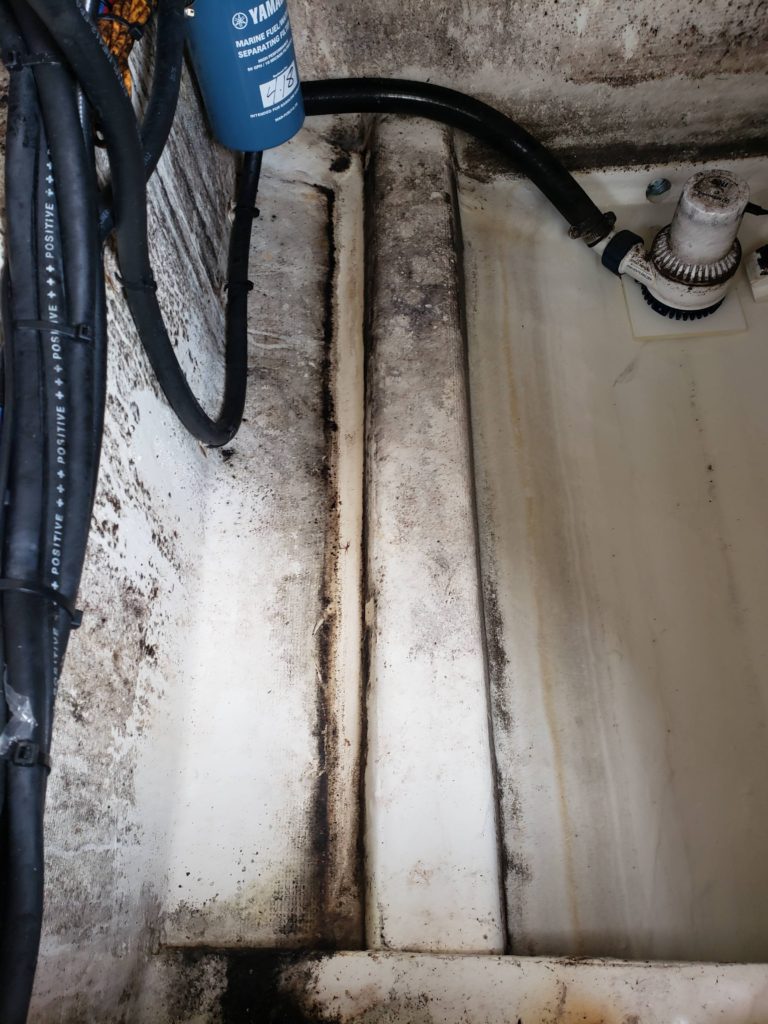
Cobia 237 bilge 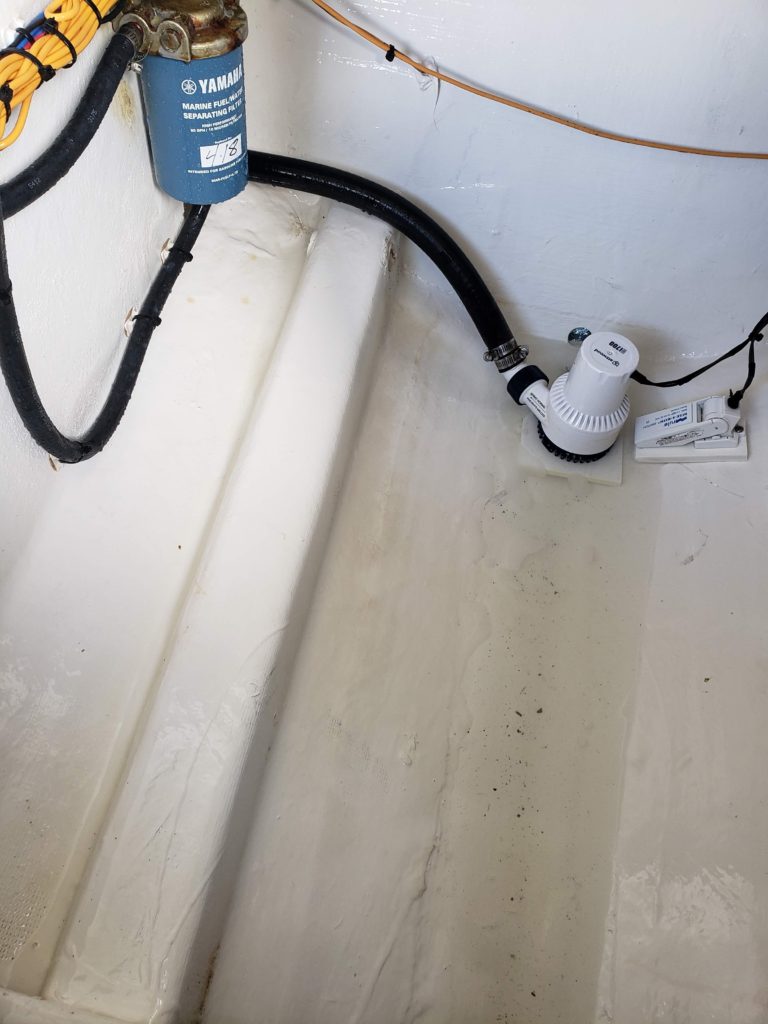
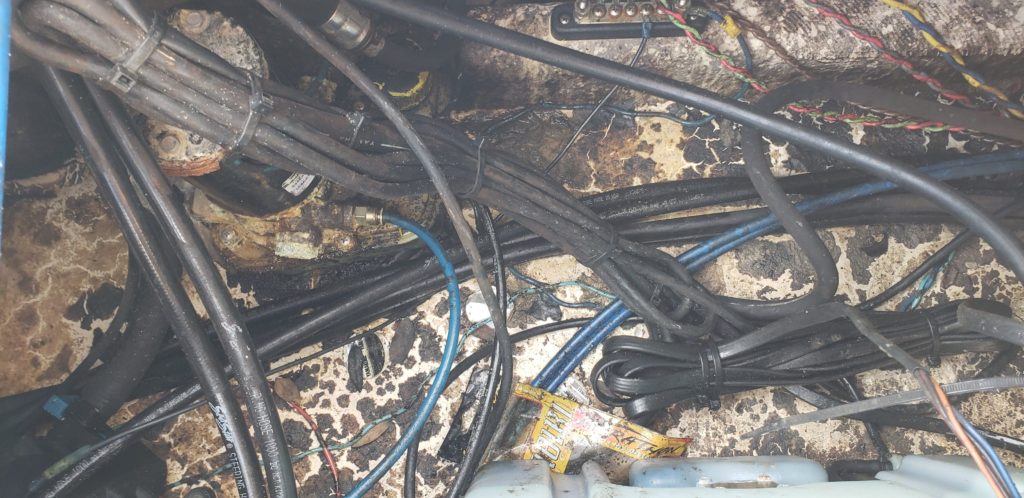
Blazer Bay bilge 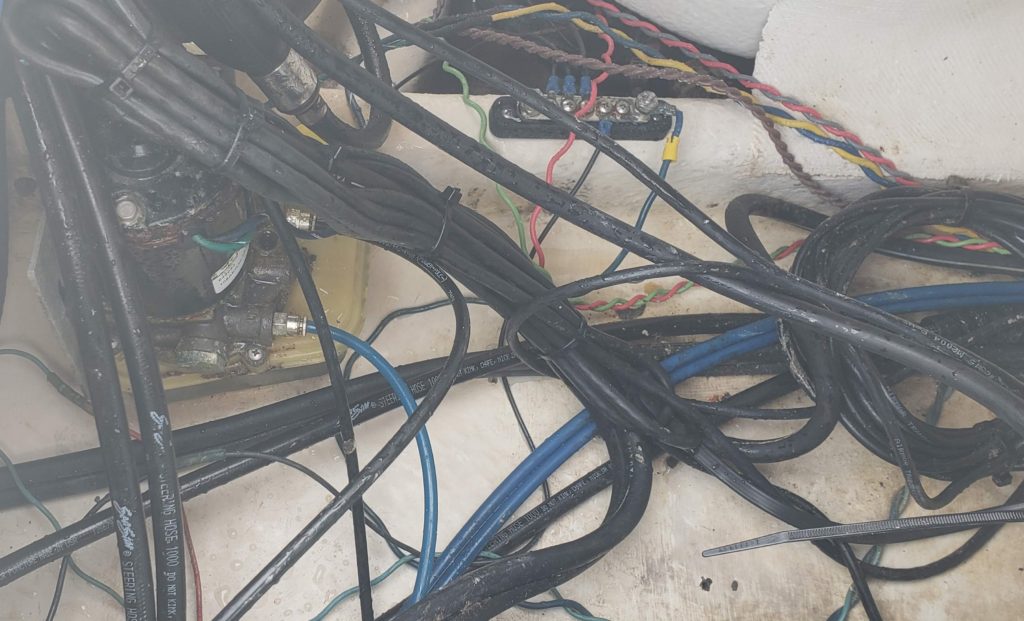
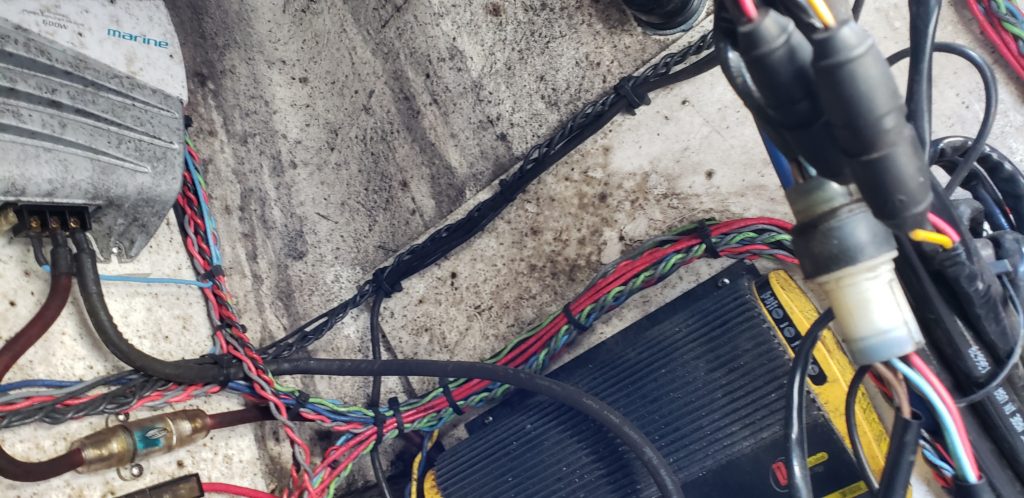
Blazer Bay console 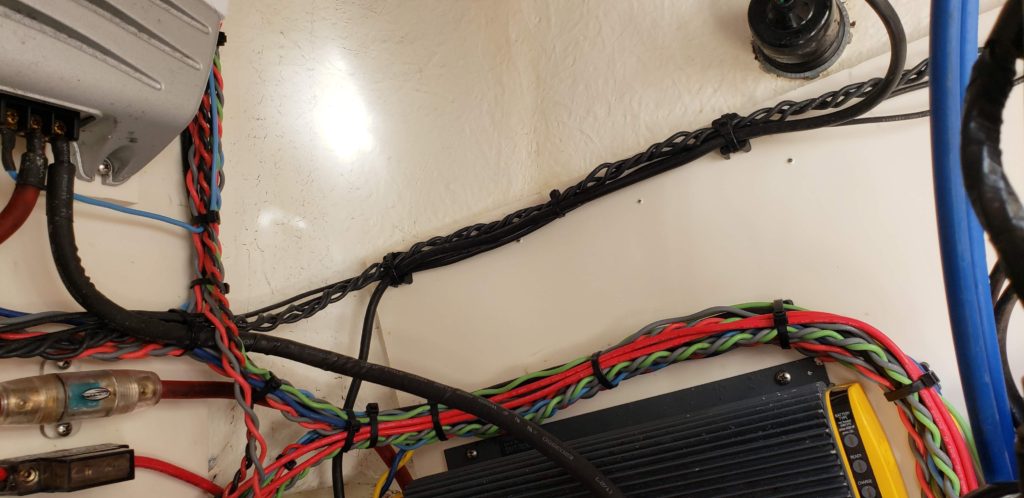
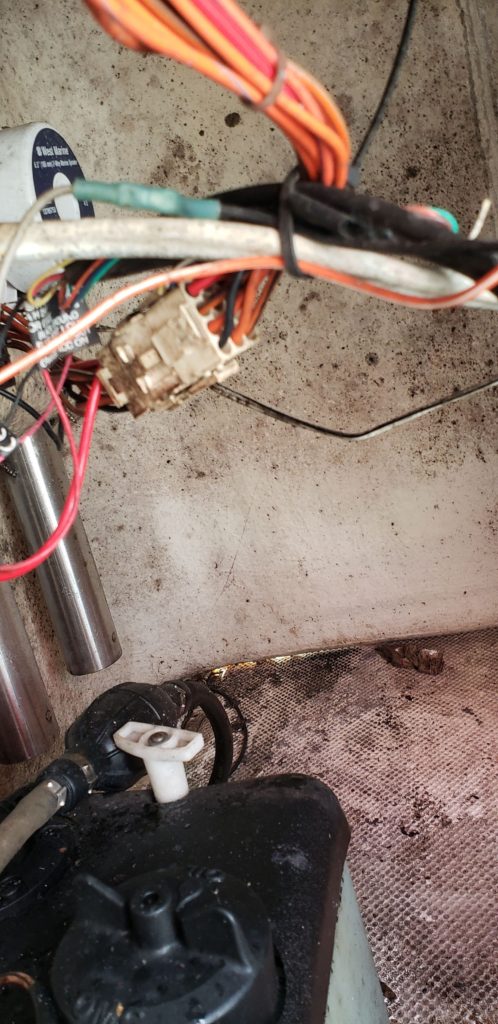
Key West 196 Console 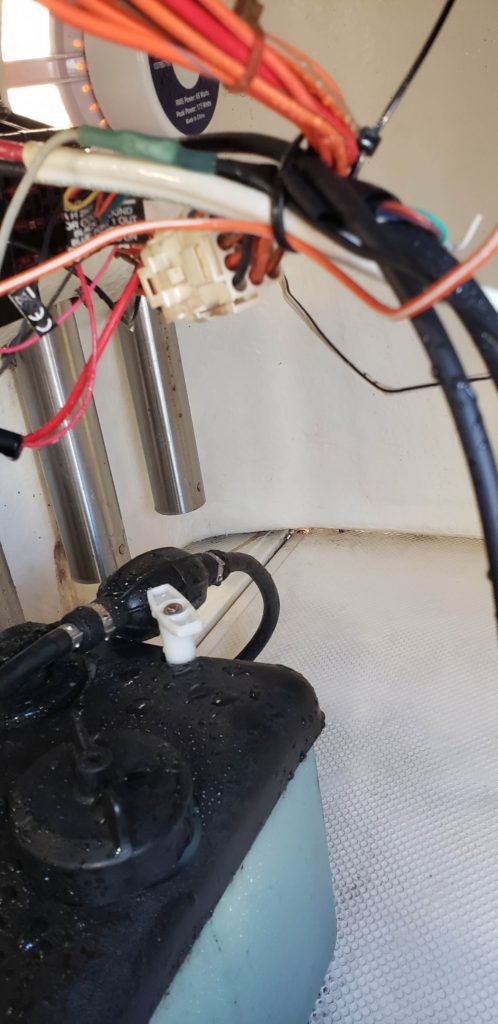
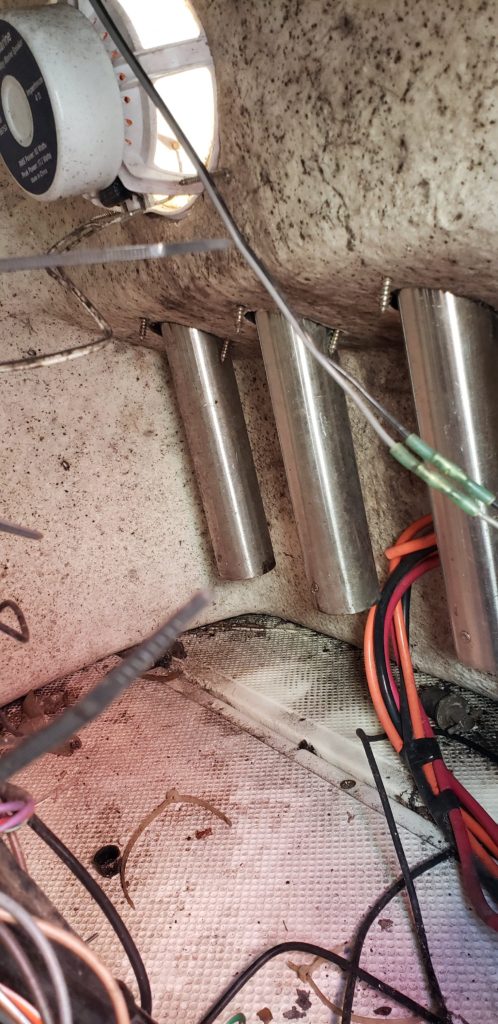
Key West 196 console 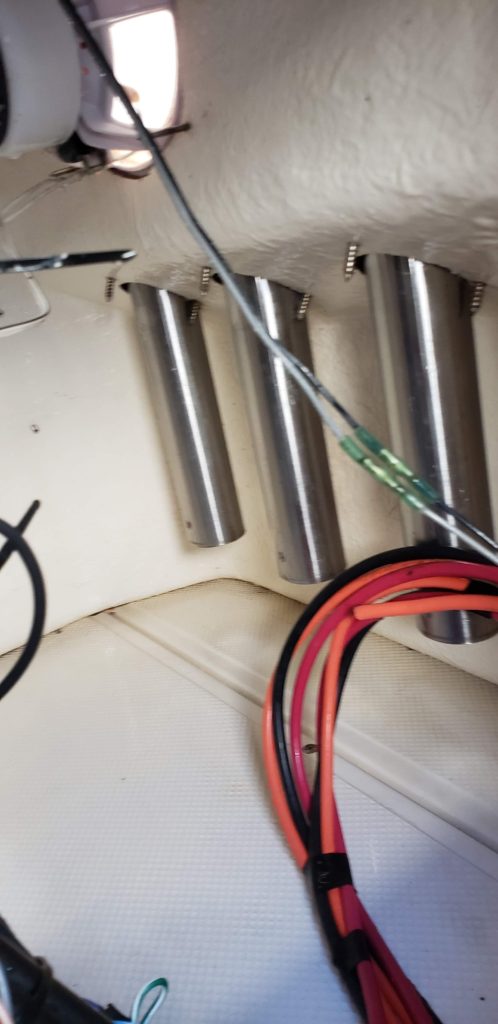
All compartments, such as hatches, fish tanks, and live wells accumulate mildew, dirt, sand, leaves, and rust.
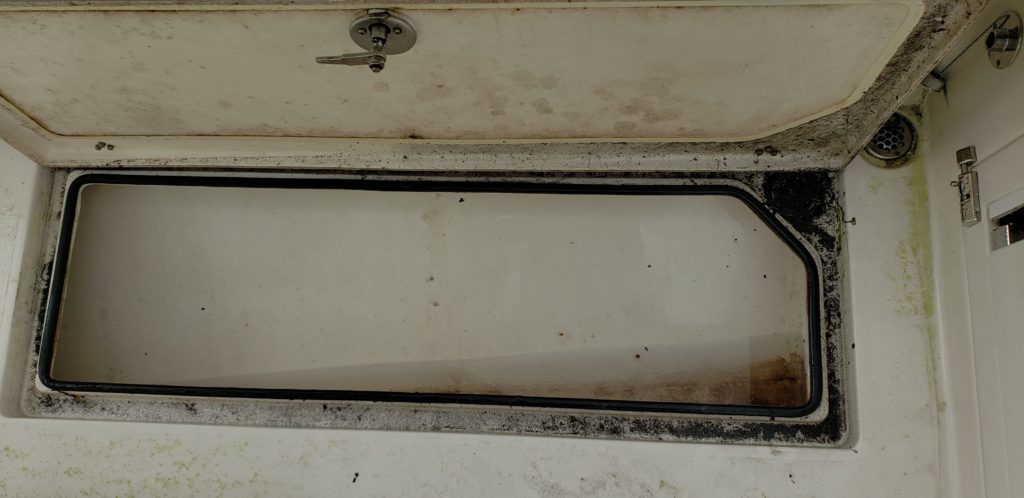
Fish tank 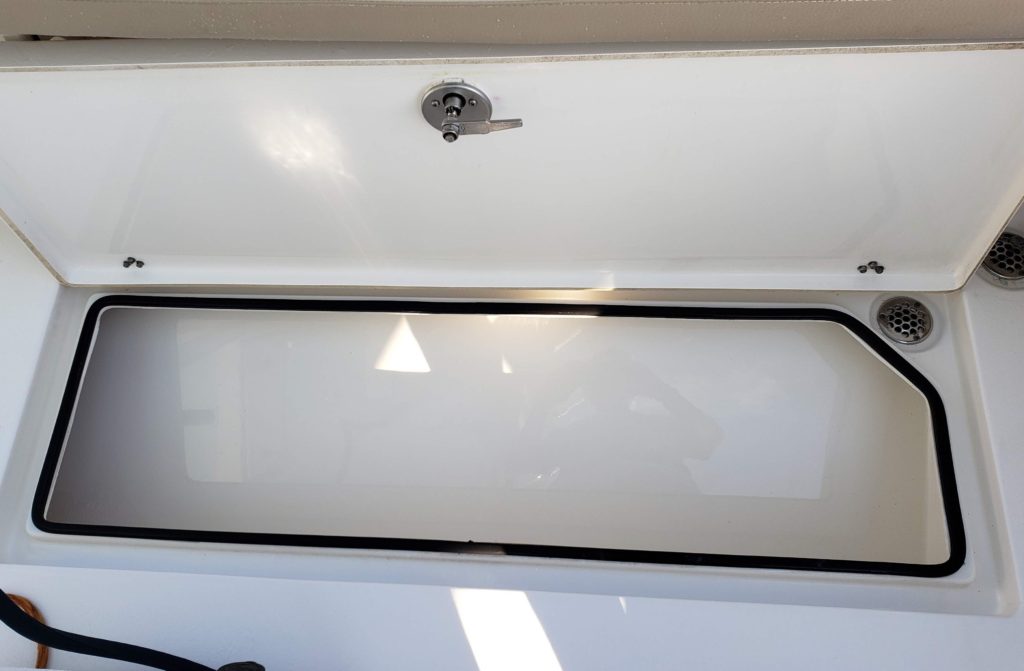
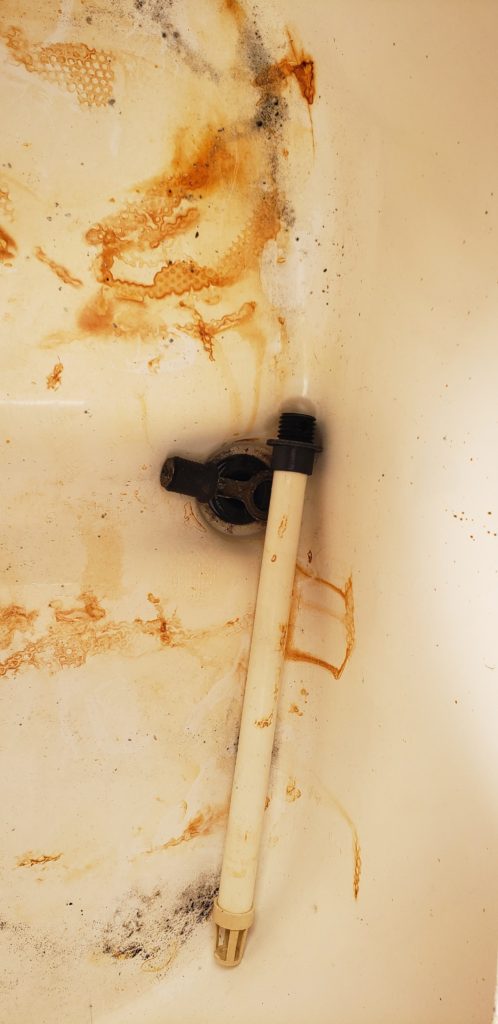
Rust in a bait box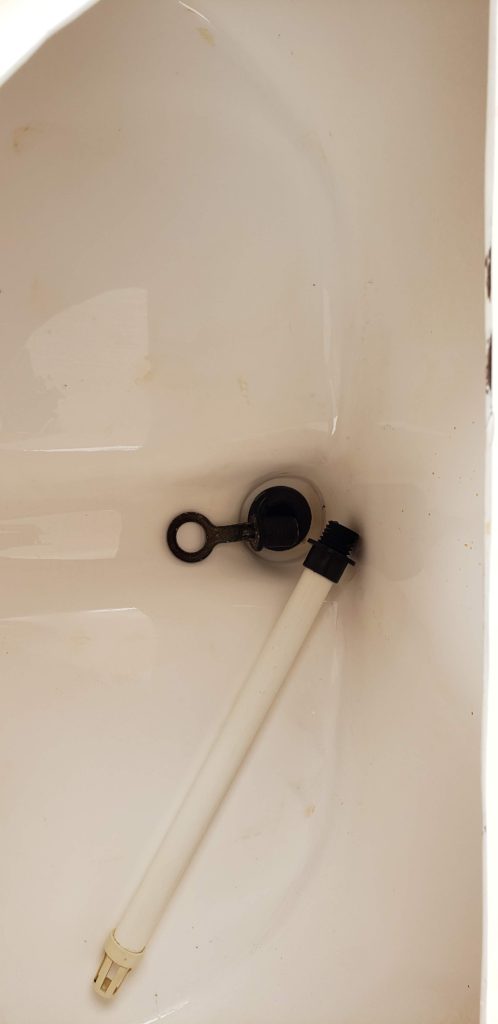
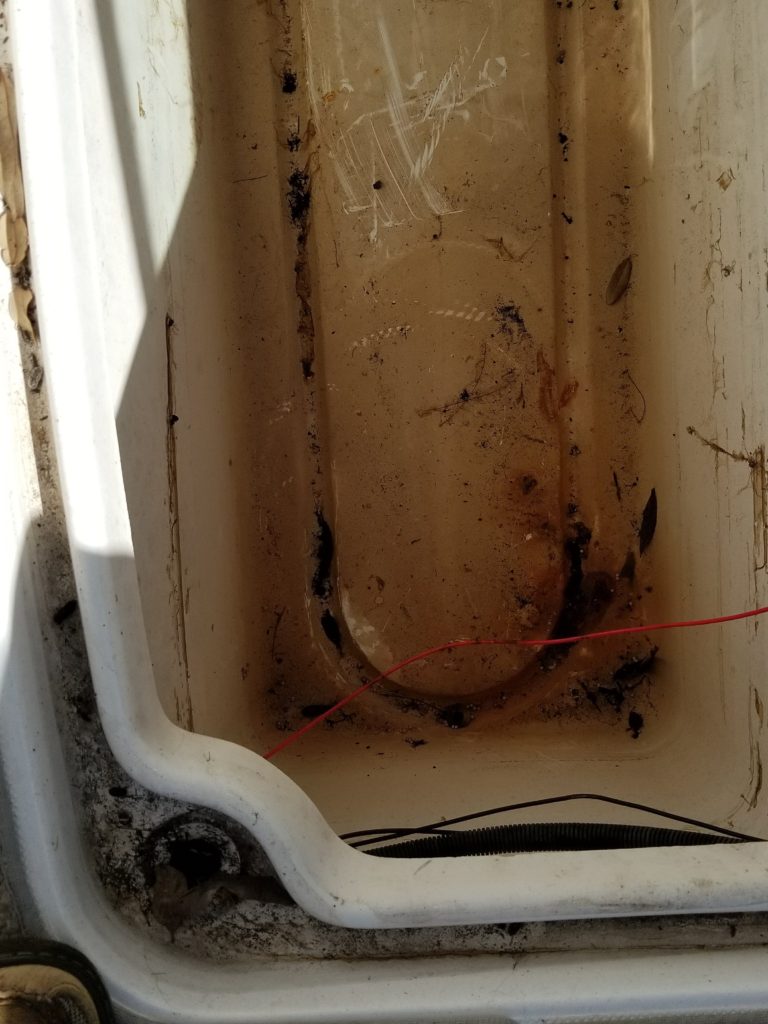
Hurricane deck compartment 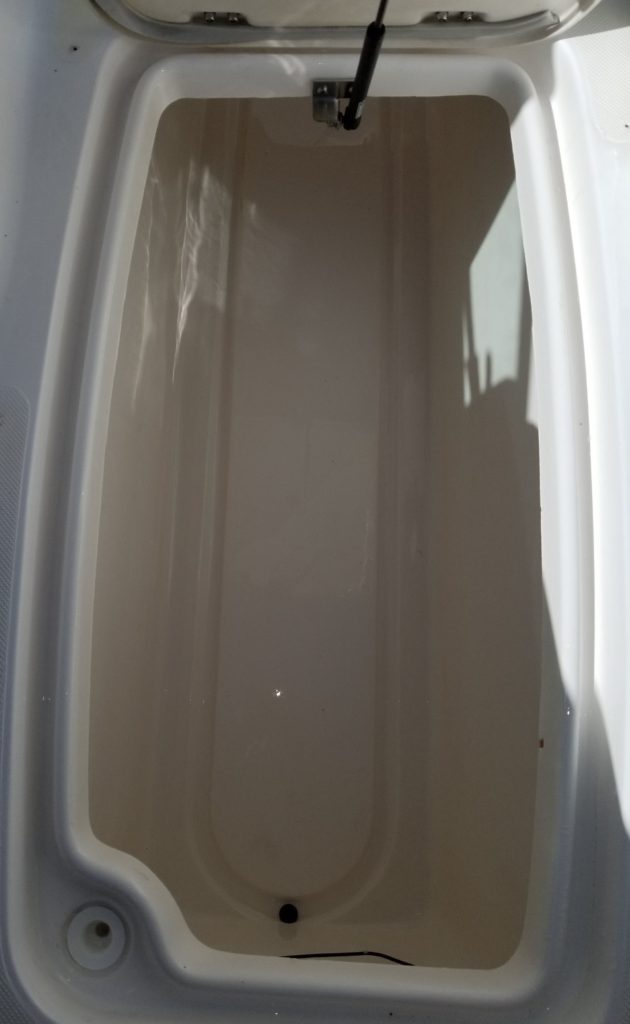
Anchor lockers and covers and compartments used for spare anchors get very dirty and accumulate many rust stains. Here are a few examples.
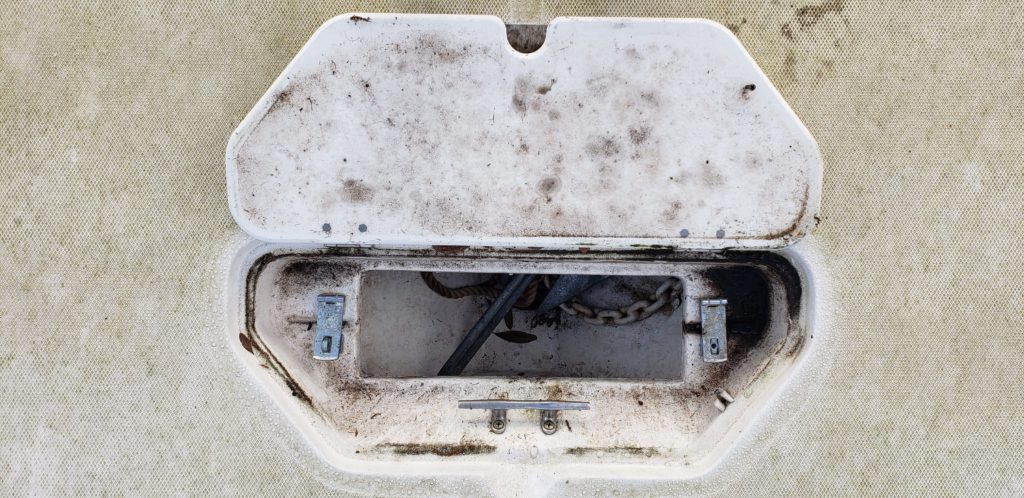
Seafox anchor locker 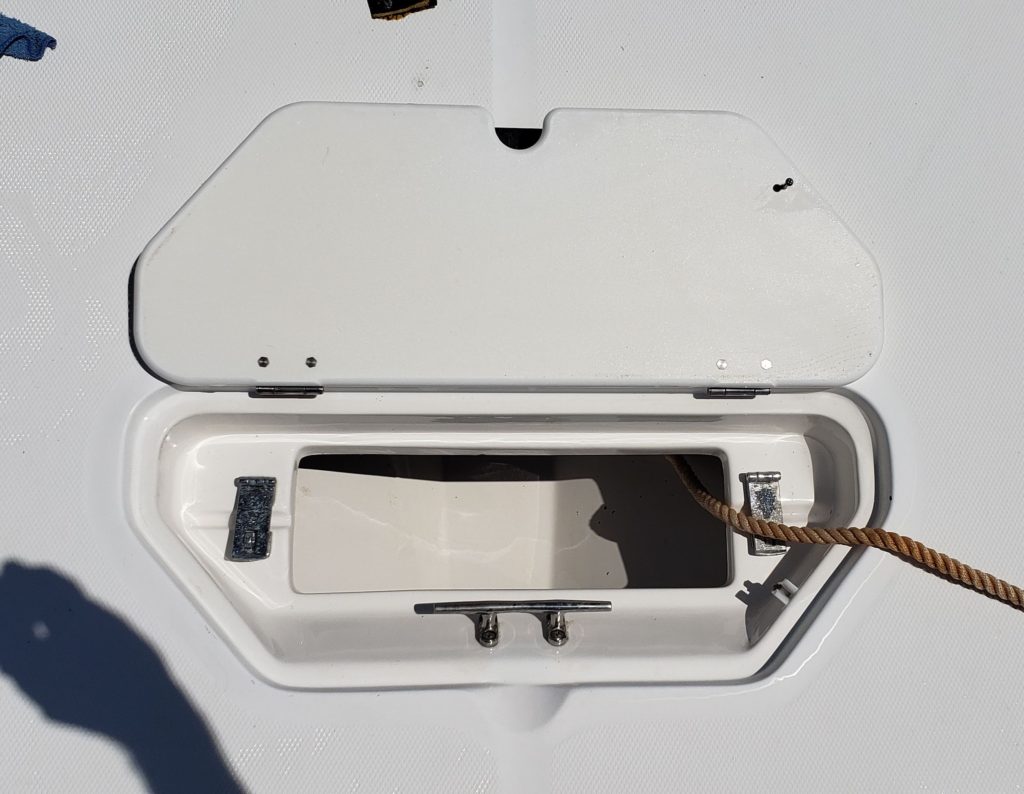
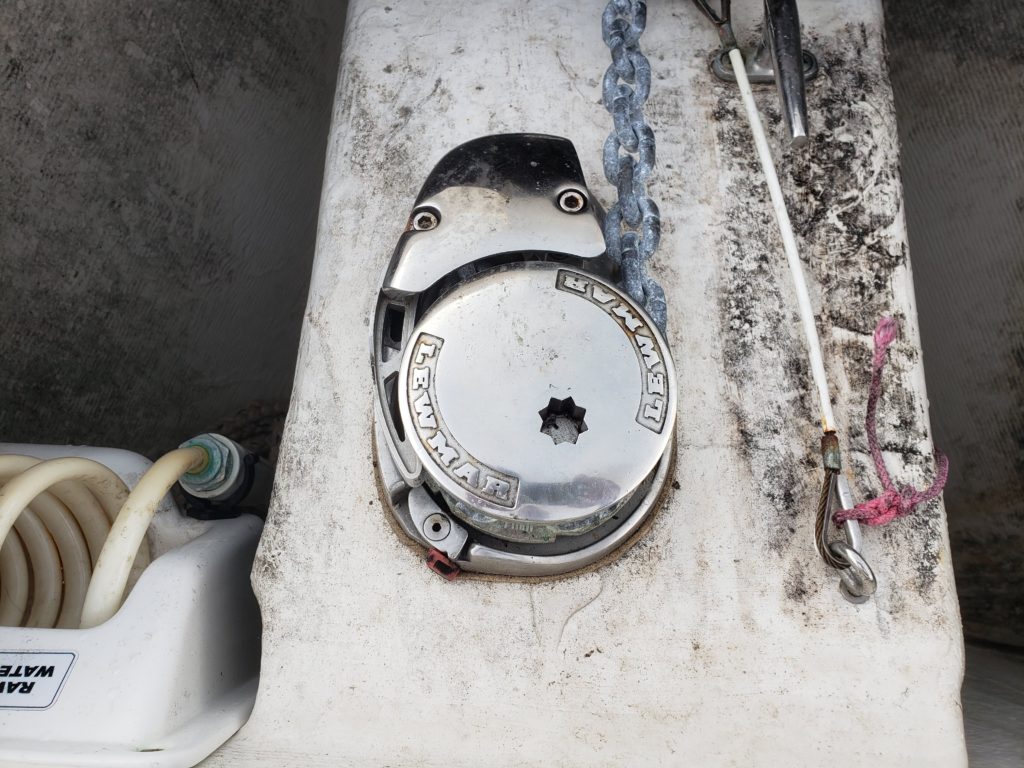
Cobia 344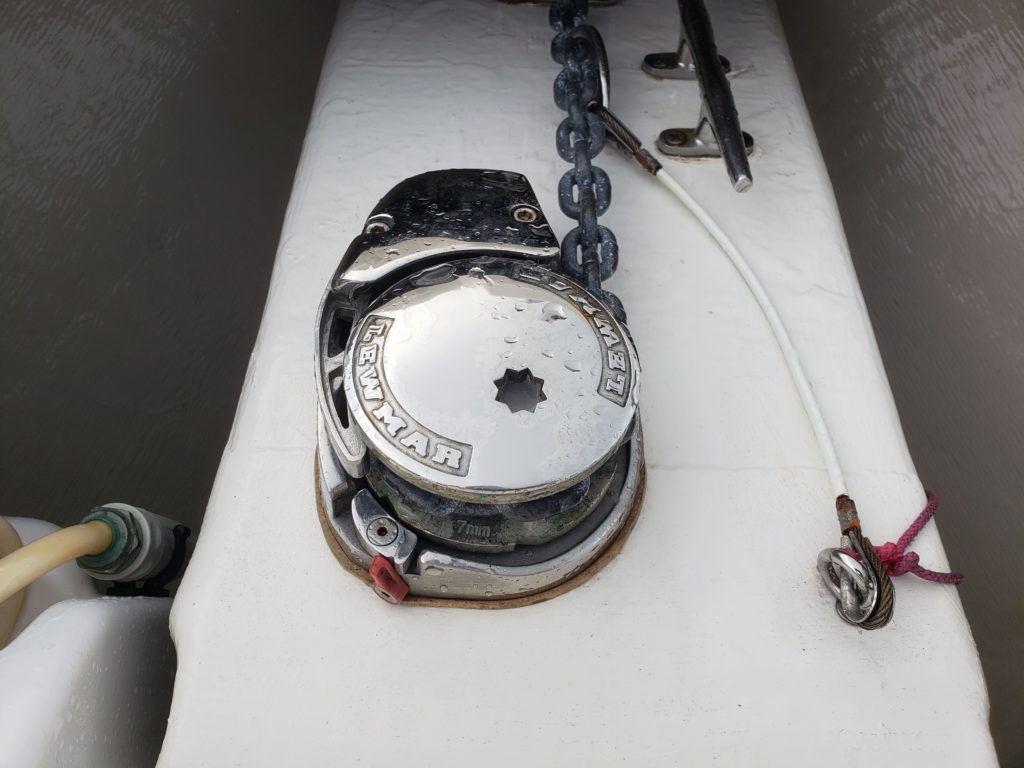
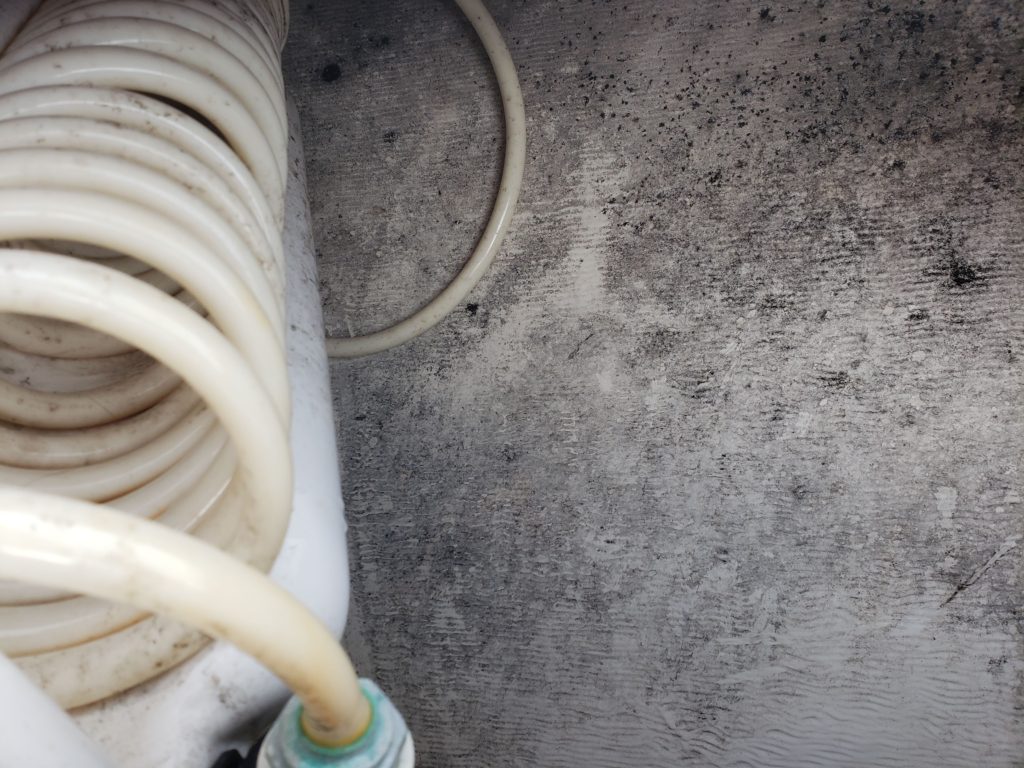
Cobia 344 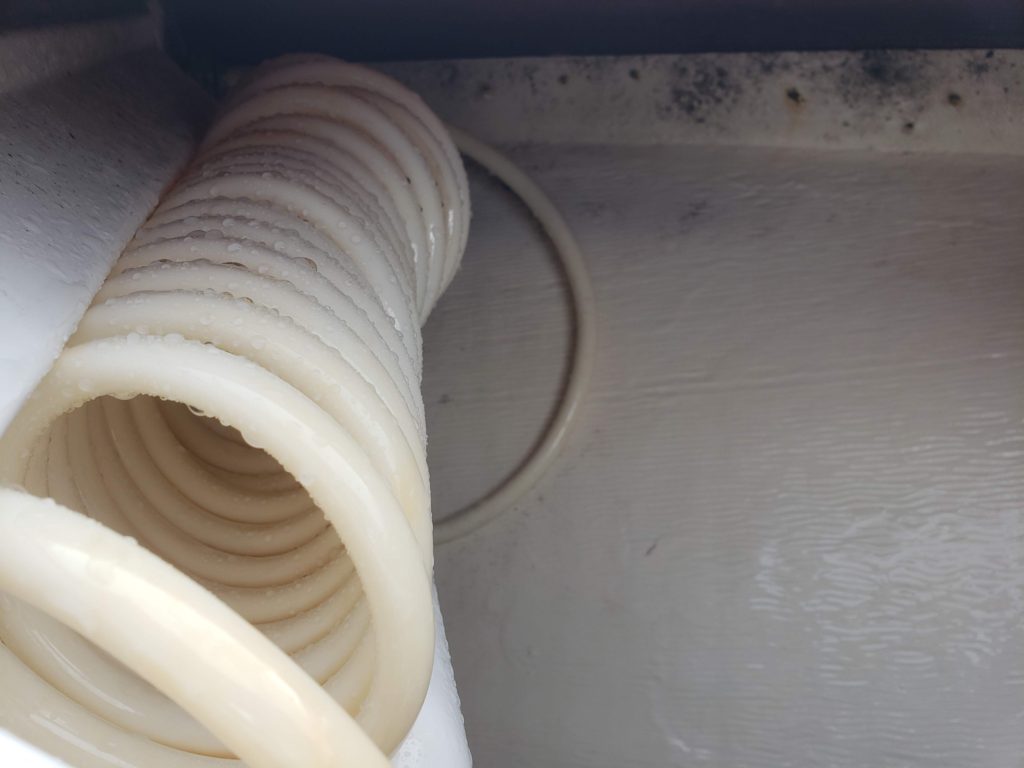
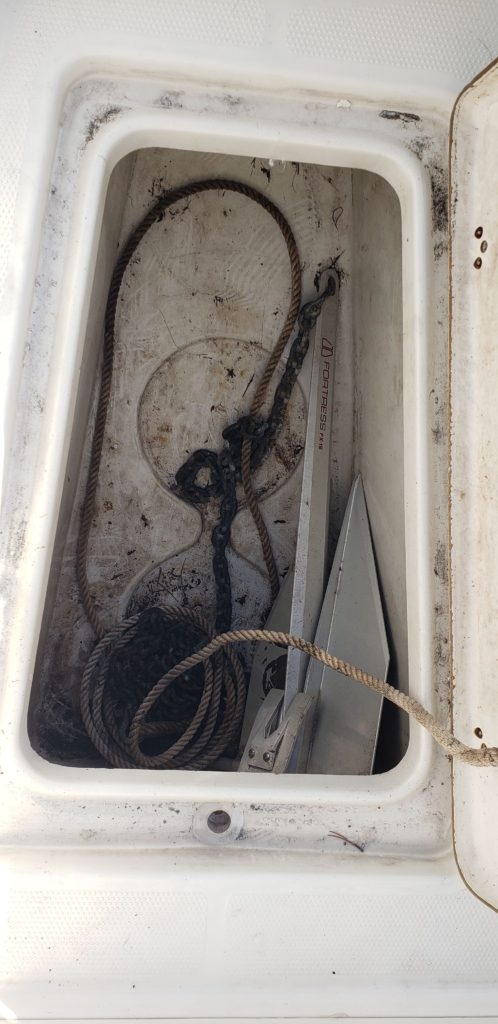
Sailfish 266 extra anchor 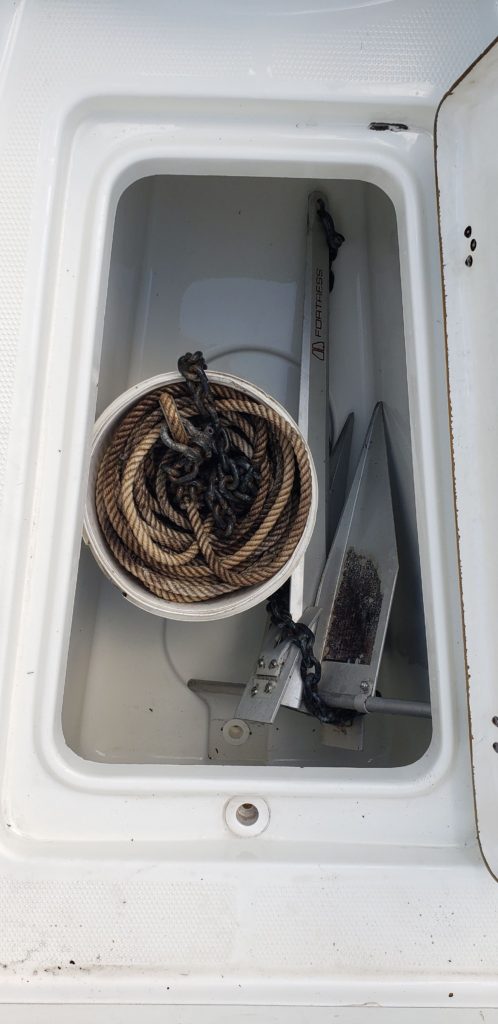
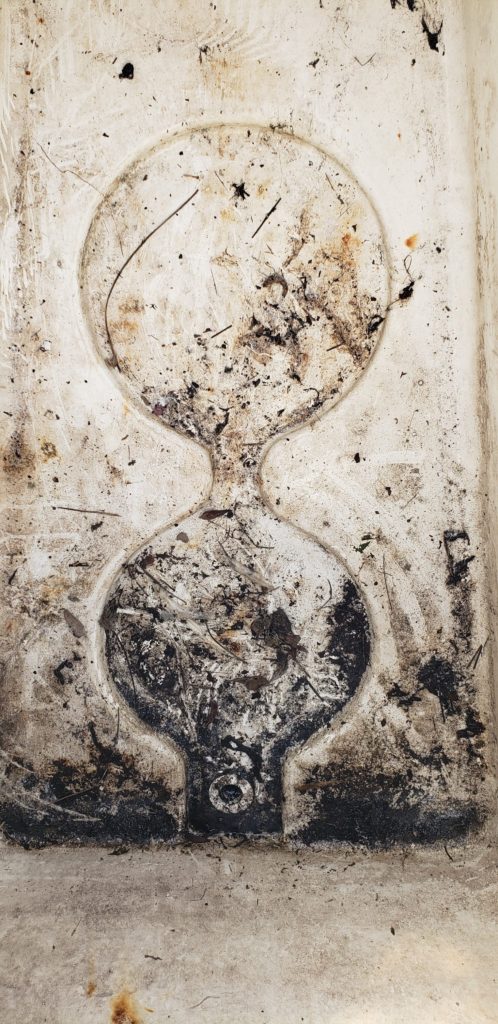
Sailfish 266 extra anchor hatch 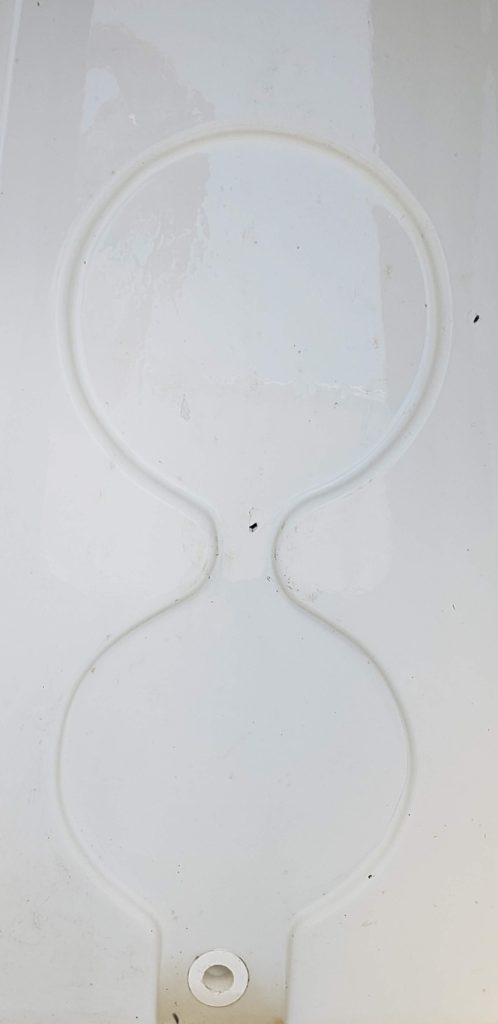
Some types of plastics always seem to attract mildew.
Props and ladders inevitably become rusty. We often do not think about rinsing them off or checking them. In fact, everything shinny will rust, even screws and nuts. Rust makes a boat look old.
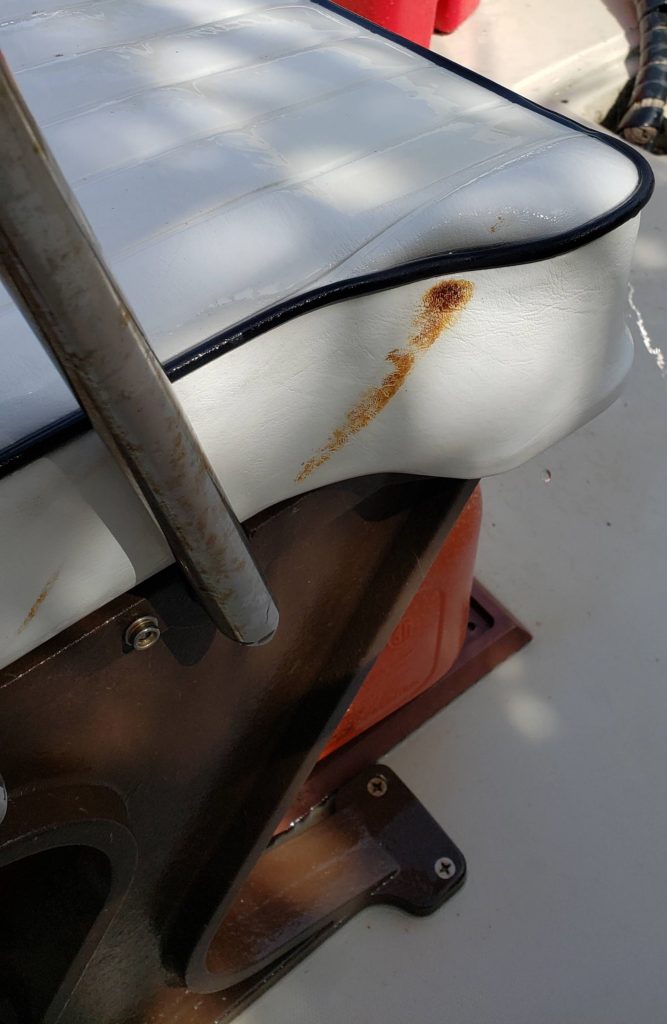
Boston Whaler 17 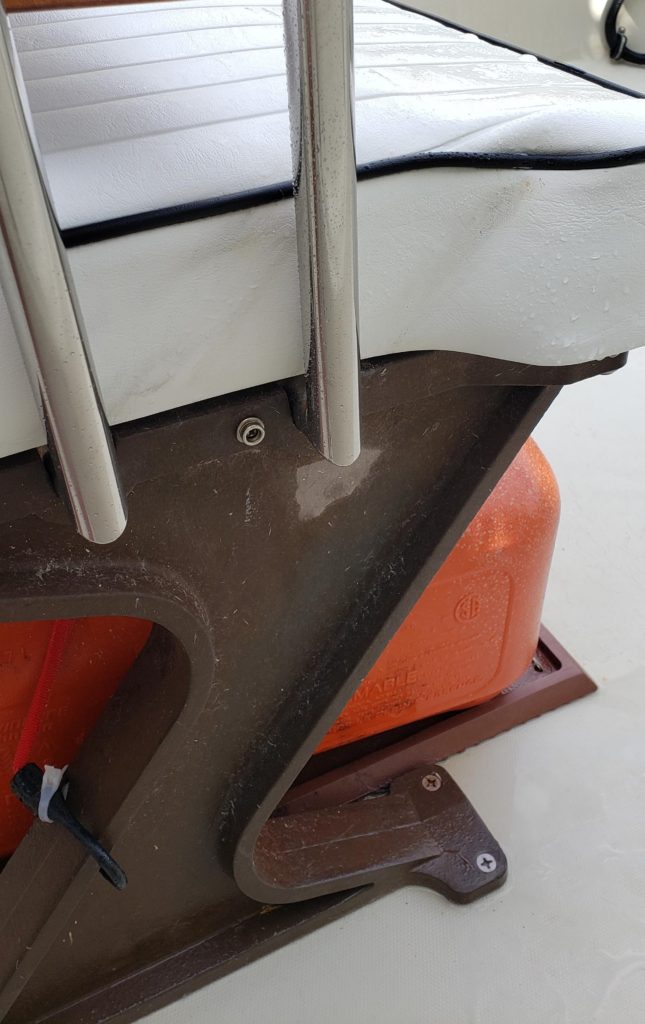
Unseen victim to mildew are safety bags and life jackets. Normally they are stored in a compartment for years.
Both vinyl and canvass turn ugly with the mildew if they are not washed and cleaned periodically. Otherwise, it is a major effort to rid them of the mildew.
Heads, like hatches, are enclosed and accumulate mildew.
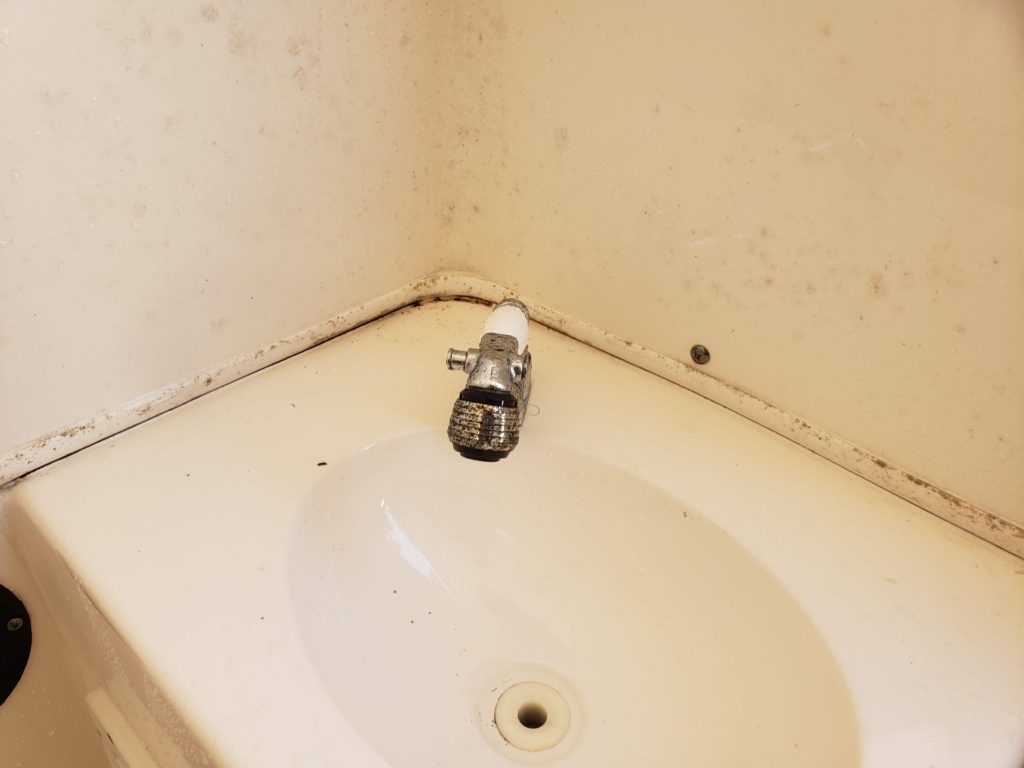
Cobia 344 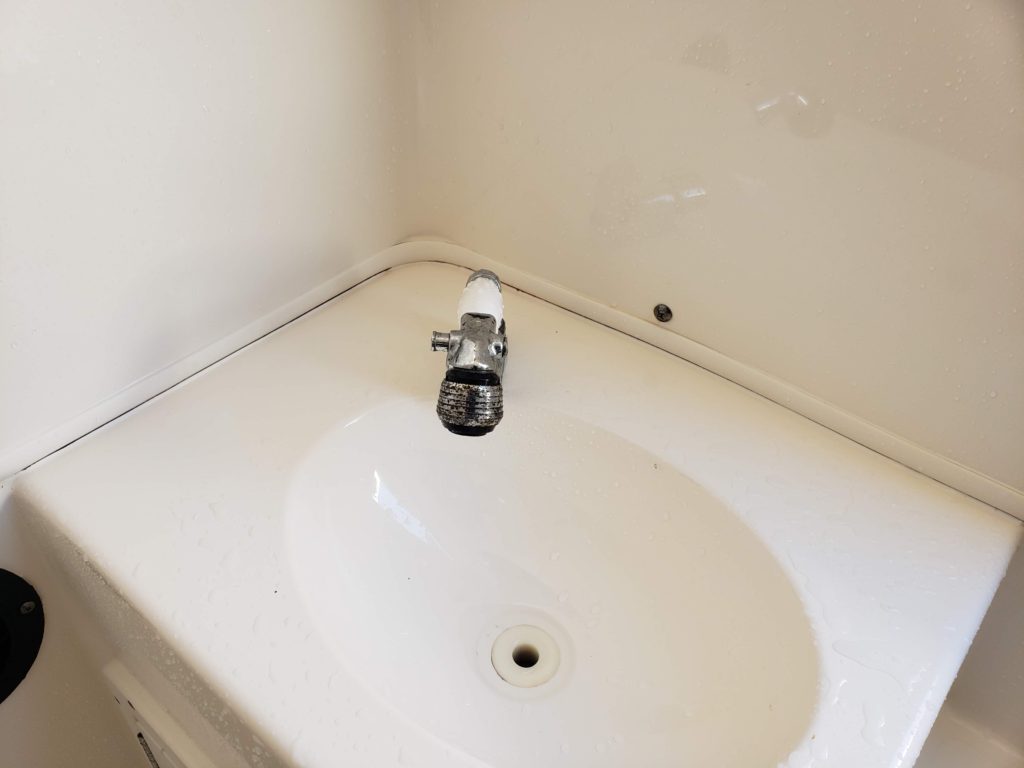
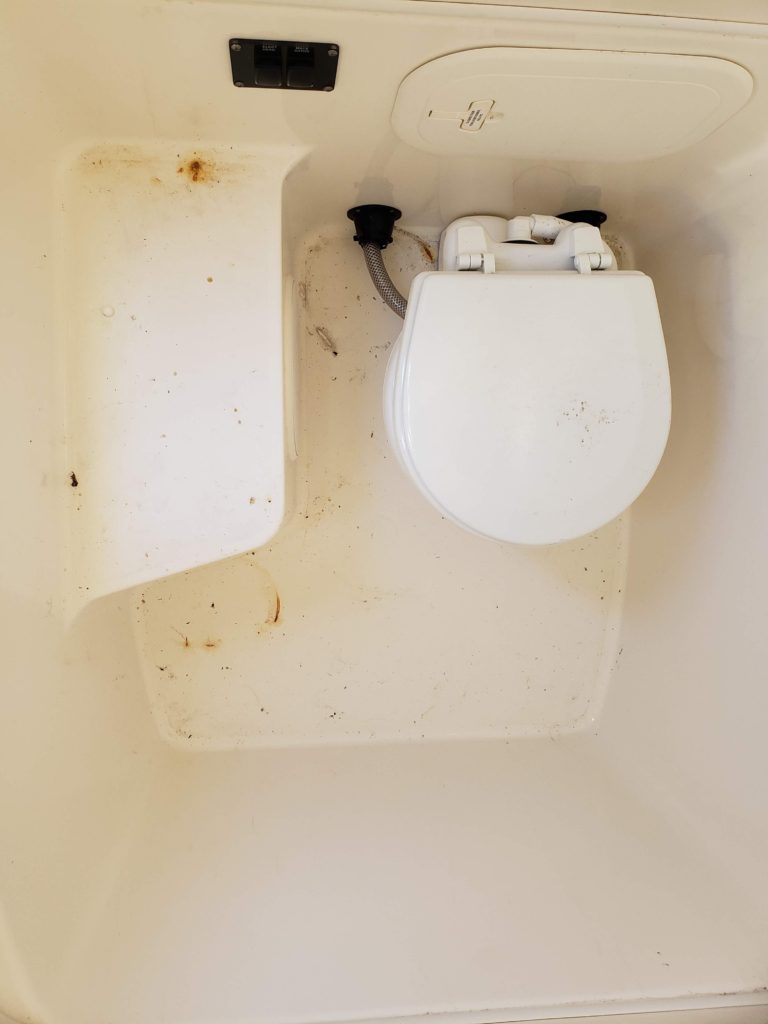
Sportsman 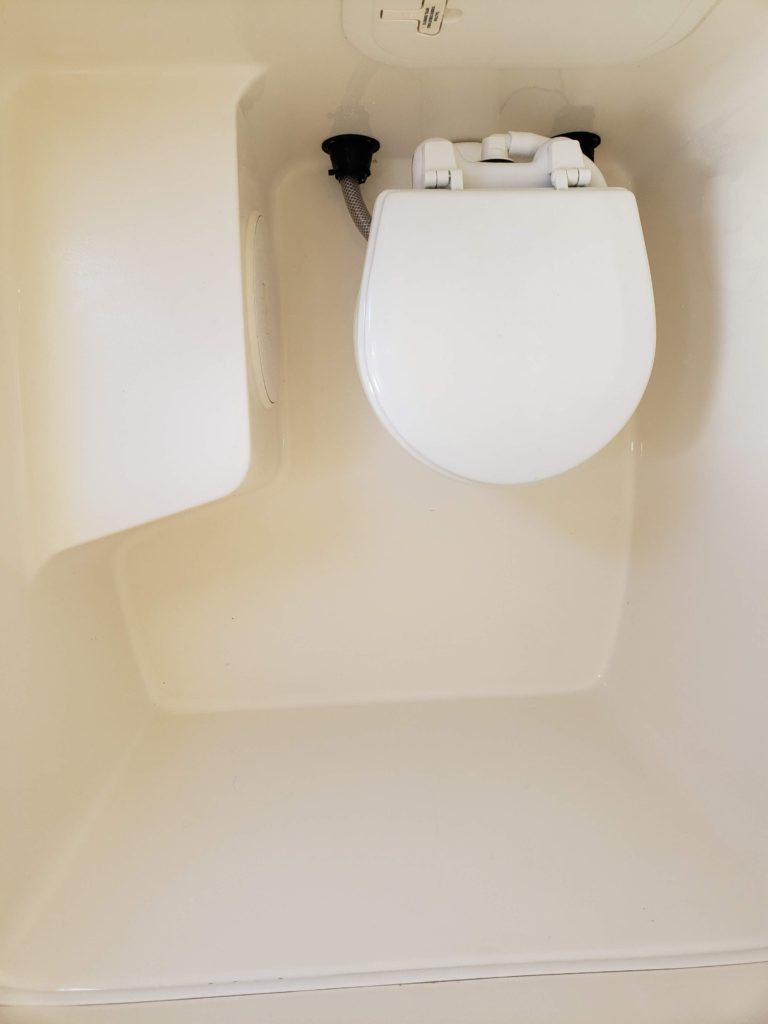
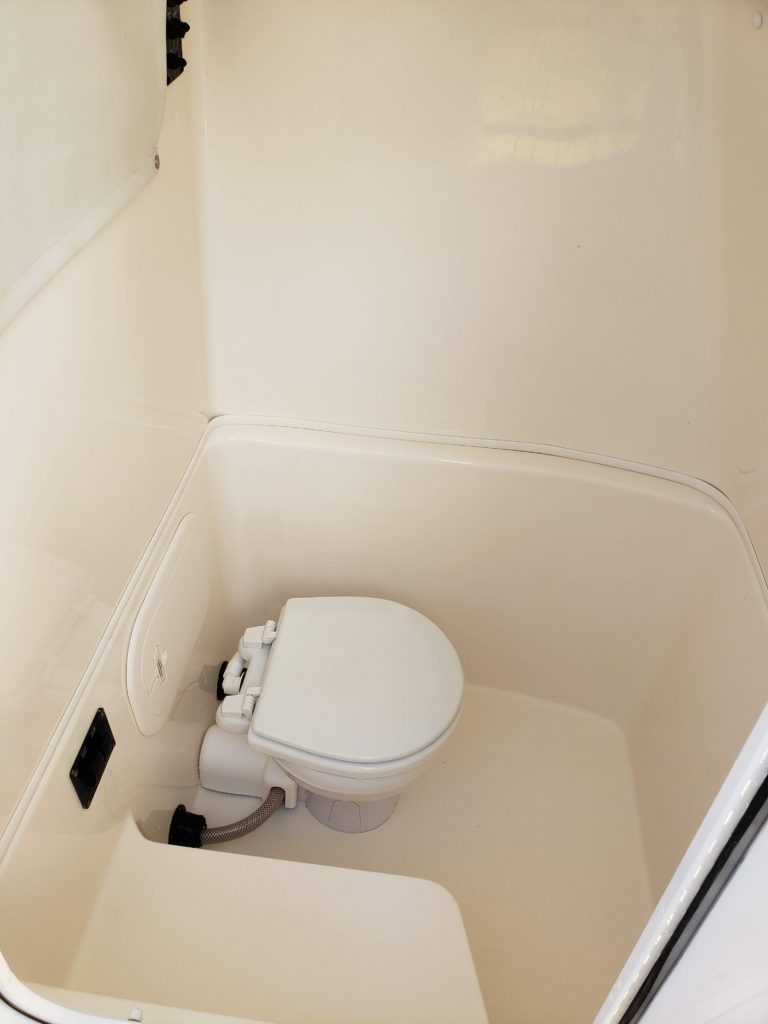
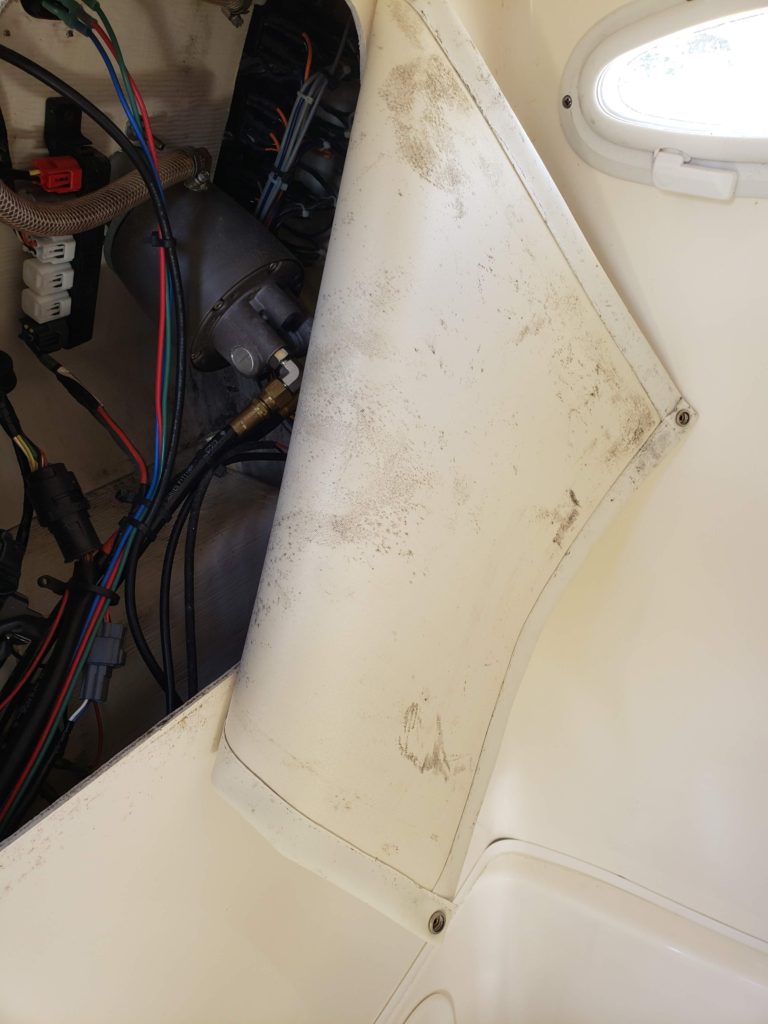
Sportsman 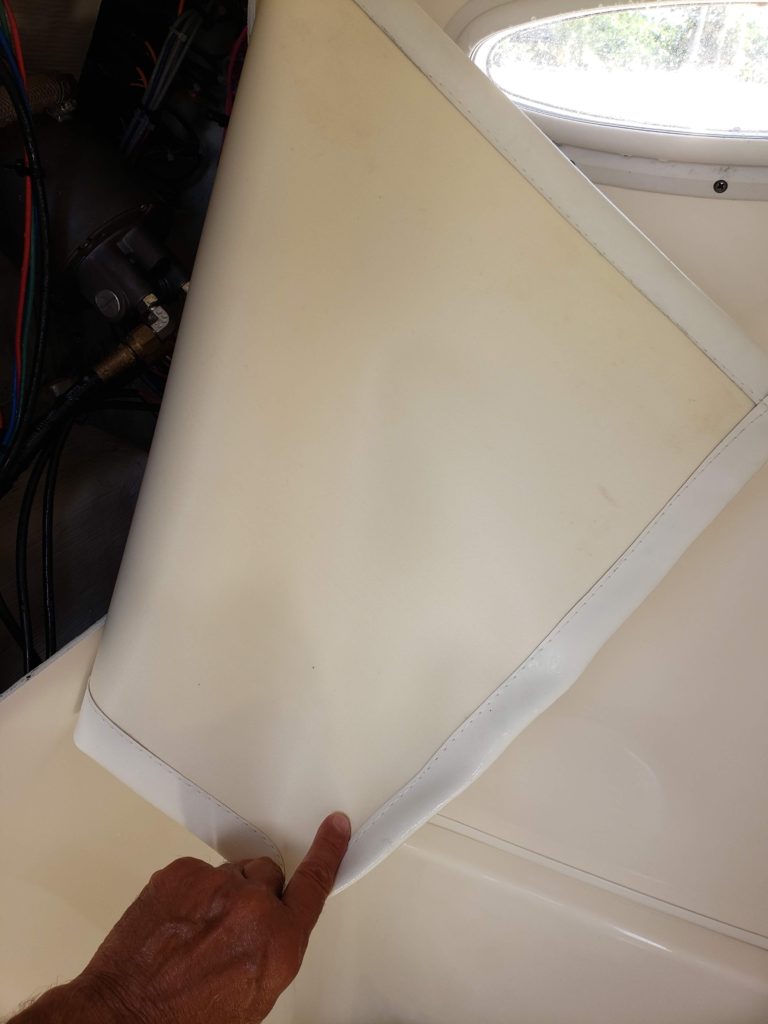
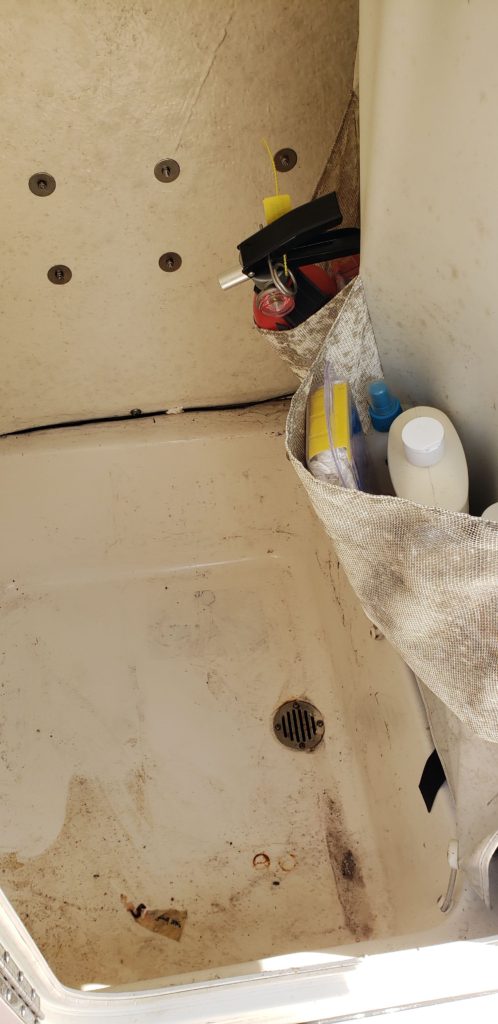
Seafox 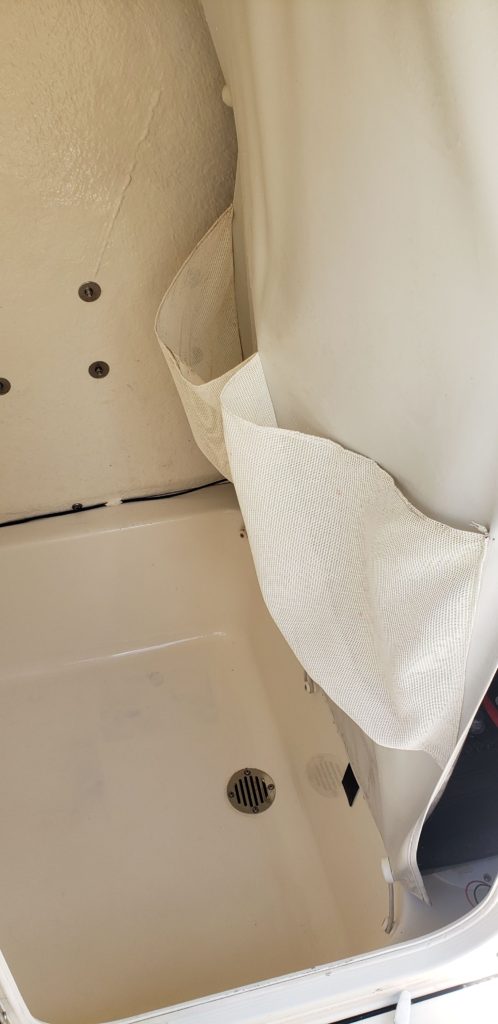
One of the most mysterious mold is that left over by the manufacturing process. It is invisible for at least a year and , when we see it, it looks like mildew. But if you spray it with mildew remover, it reveals even more of the mold!
This boat was left in the water for two weeks and it was driven almost daily. It was covered in small barnacles and scum below the water line and on the motors.

